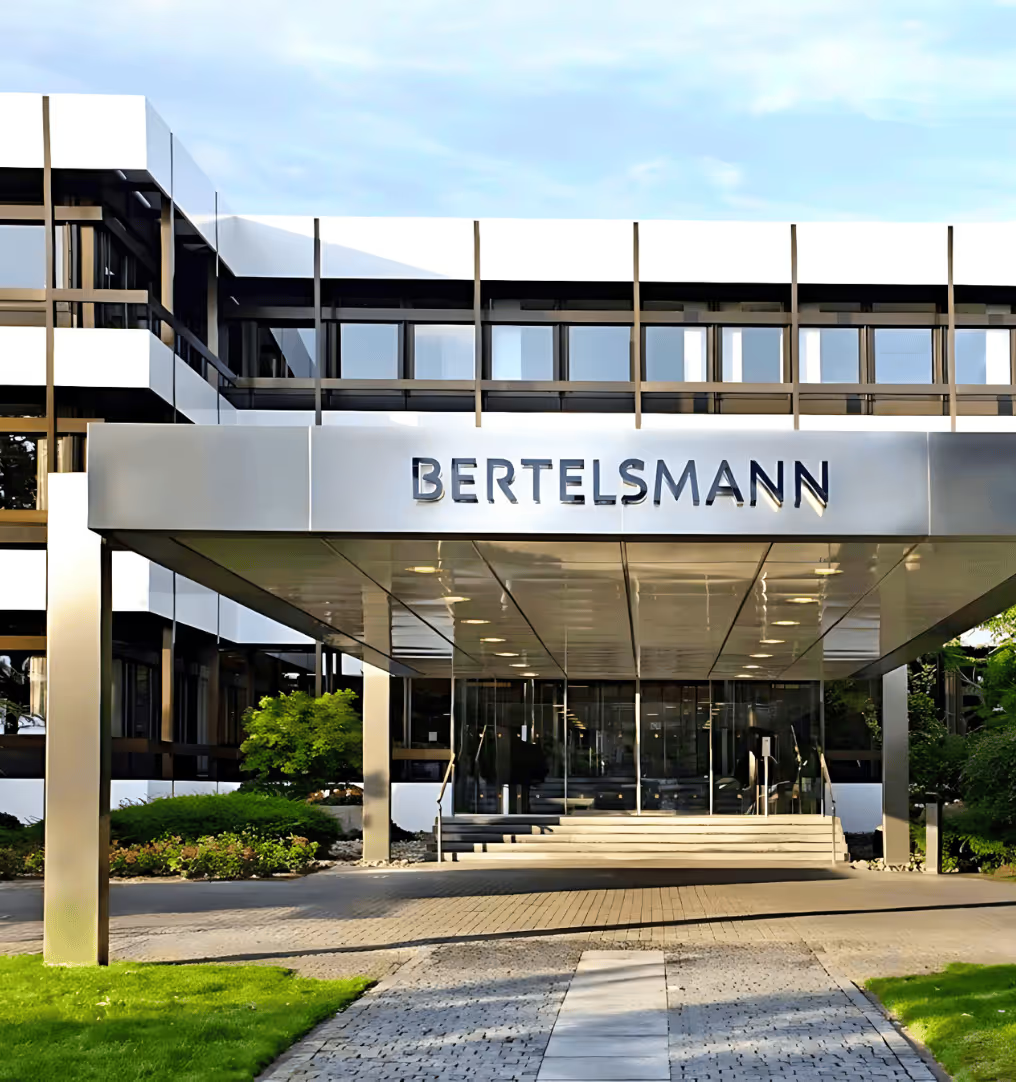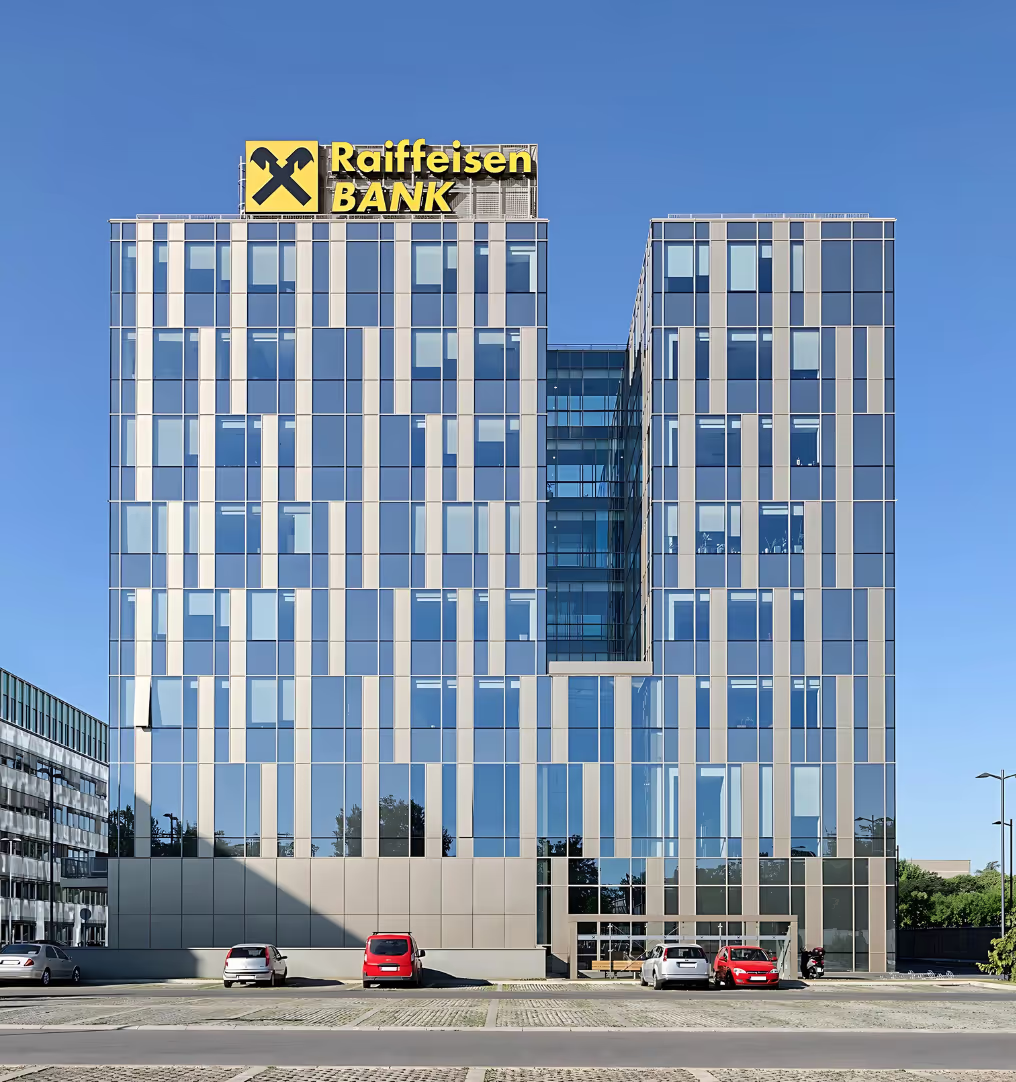Differences Between Tier 1, 2, and 3 Suppliers
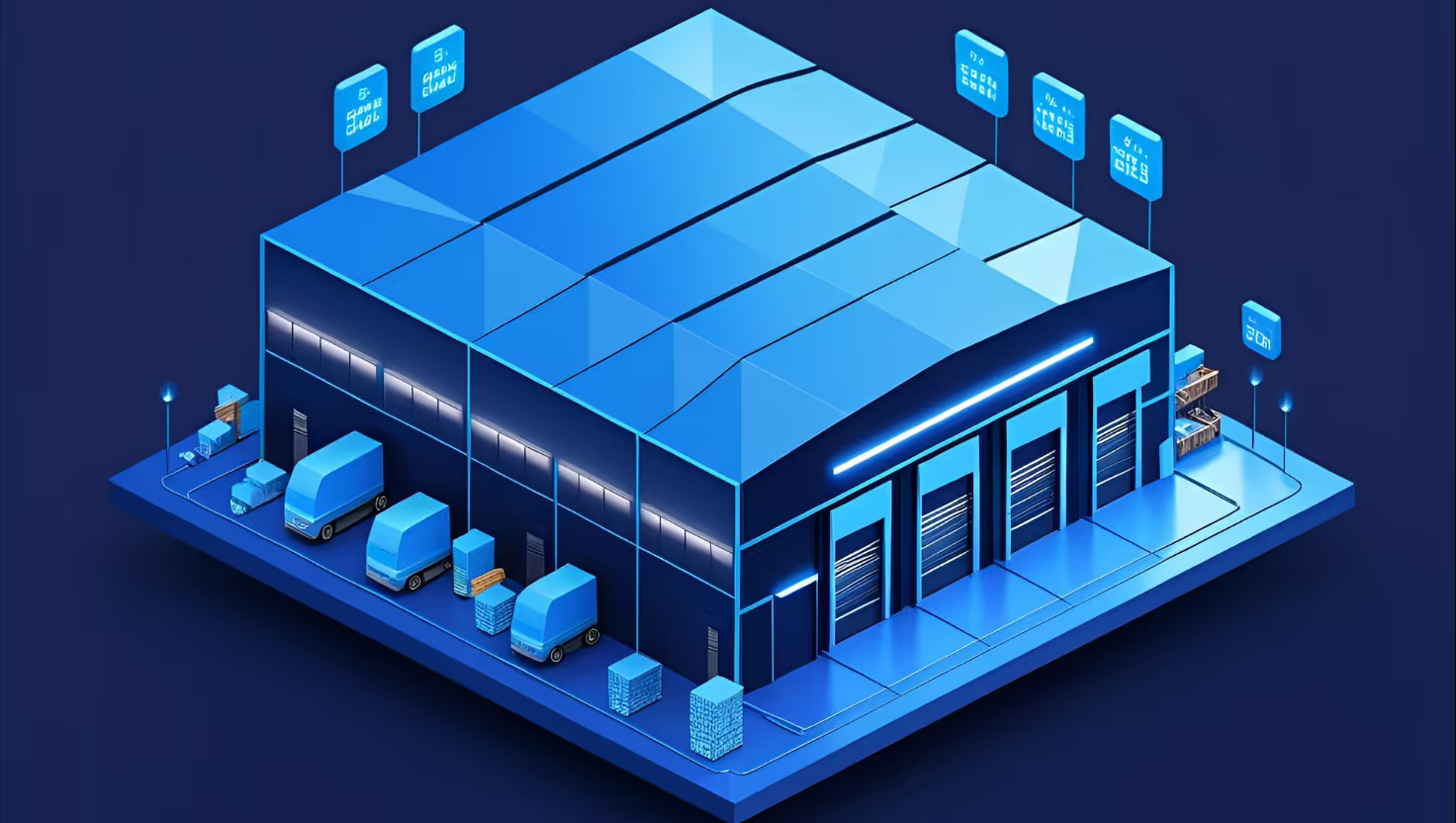
Introduction
Managing suppliers is critical for any business sourcing materials or components. Whether you work directly with a supplier or depend on a multi-tiered network, every vendor in the chain contributes to your operations.
Some suppliers deliver finished products, while others provide raw materials or subcomponents that eventually become the final product. How these suppliers are structured into different tiers determines the flow of goods, costs, and potential risks in your supply chain.
Understanding how suppliers are categorized into Tier 1, Tier 2, and Tier 3 can help you make more informed decisions and build a stronger supply network. Tier 1 suppliers work directly with you and supply finished goods or key components.
Read on to learn more about different supply chain tiers and their roles.
What Are Supply Chain Tiers?
Supply chain tiers refer to the different levels of suppliers that contribute to producing a final product. These tiers define the relationship between procurement, manufacturing, and distribution companies.
- Tier 1 suppliers work directly with you, providing finished goods or essential components.
- Tier 2 suppliers supply raw materials or parts to Tier 1 suppliers.
- Tier 3 suppliers provide raw materials or basic components to Tier 2 suppliers.
Each tier depends on the one below it, forming a layered supply chain structure. While Tier 1 suppliers are often the most visible, disruptions at any level can impact your operations.
Now that we know the definition of supply chain tiers, let us take a closer look at the different types of suppliers.
Also Read: 10xProcurement - Value Chain Orchestration - akirolabs
Tier 1 Suppliers
Tier 1 suppliers are your direct vendors. These companies manufacture and deliver products, components, or services you integrate into your final offerings. Since they work closely with you, they are responsible for meeting your quality standards, delivery schedules, and compliance requirements.
Characteristics of Tier 1 Suppliers
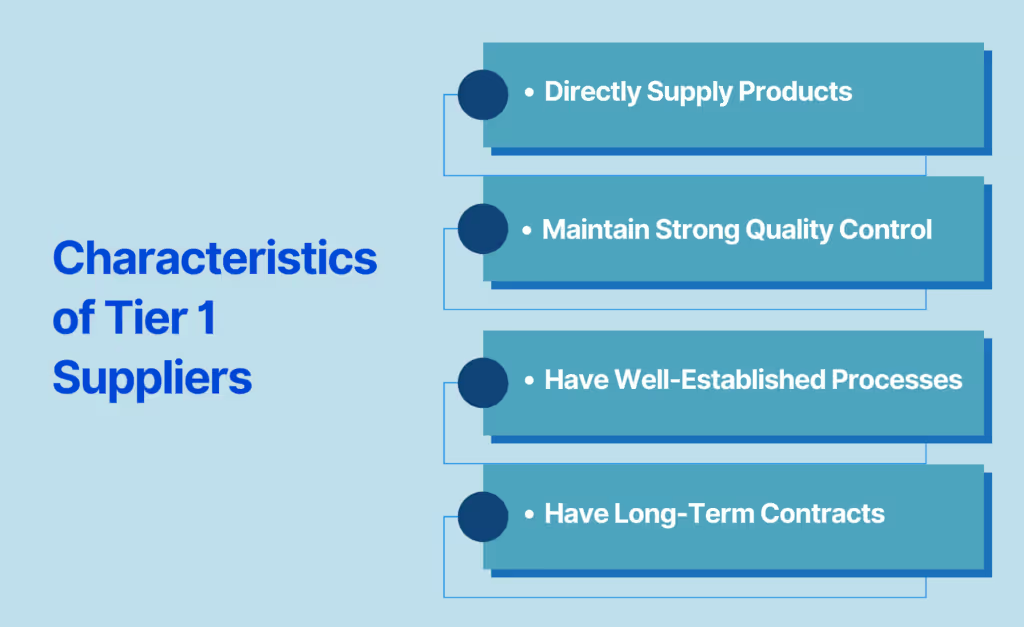
- Directly supply products or components to your company.
- Maintain strong quality control and regulatory compliance.
- Have well-established processes, certifications, and industry expertise.
- Often, they have long-term contracts and strategic partnerships with businesses like yours.
For example, if you manufacture smartphones, your Tier 1 suppliers include display panel manufacturers, battery suppliers, and camera module producers. You rely on these vendors to deliver parts that meet your specifications and timeline.
Tier 2 Suppliers
Tier 2 suppliers provide materials or components to Tier 1 suppliers. While you may not interact directly with them, their performance affects your final product's quality, cost, and availability. These suppliers operate in the background, but disruptions at this level can cause production bottlenecks.
Characteristics of Tier 2 Suppliers
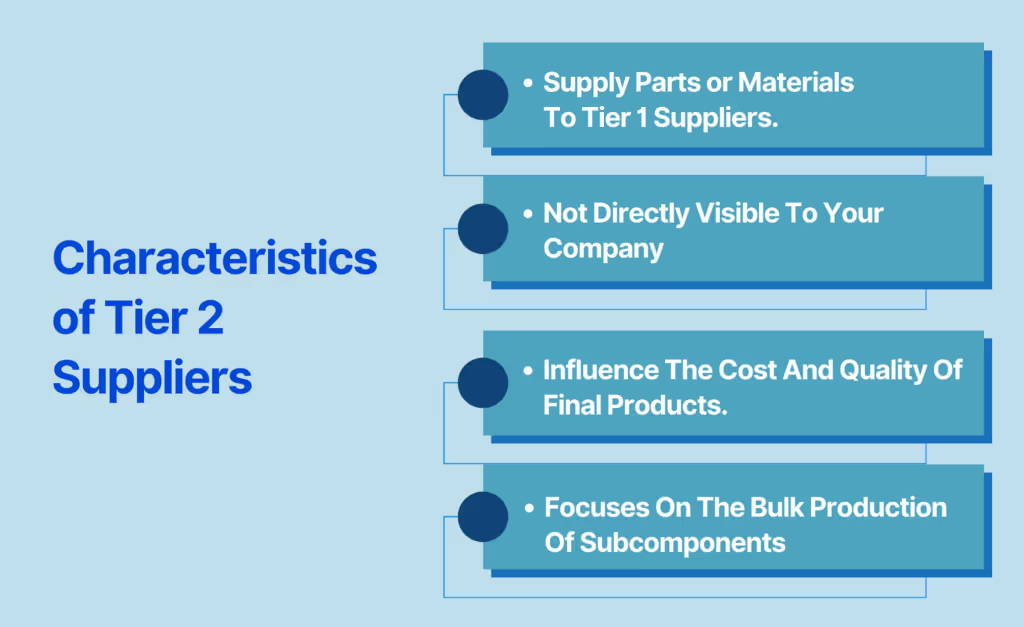
- Supply parts or materials to Tier 1 suppliers.
- It may not be directly visible to your company.
- Influence the cost and quality of final products.
- Often, it focuses on the bulk production of subcomponents rather than the final assembly.
For instance, if a Tier 1 supplier provides you with smartphone screens, their Tier 2 supplier might supply the glass panels used in those screens. A shortage of high-quality glass could delay production and impact your business.
Tier 3 Suppliers
Tier 3 suppliers are the foundation of the supply chain, typically providing raw materials or essential components needed for manufacturing. These suppliers include mining companies, chemical processors, and other resource-based industries. While they are several steps removed from your operations, any disruptions at this level can ripple through the supply chain, leading to increased costs and production delays.
Characteristics of Tier 3 Suppliers
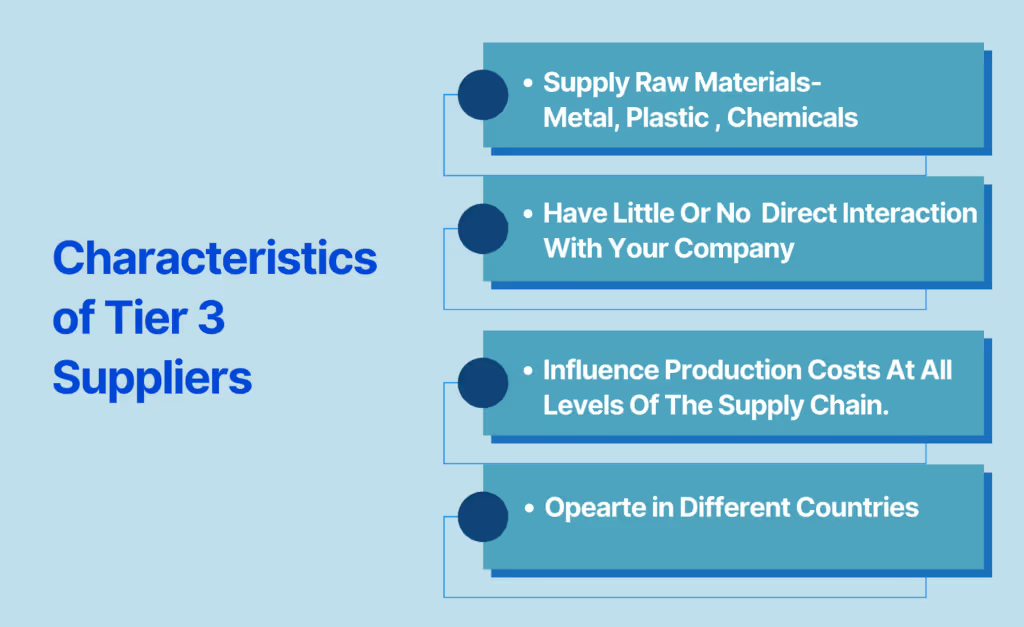
- Supply raw materials such as metals, minerals, plastics, or chemicals.
- Have little to no direct interaction with your company.
- Influence production costs at all levels of the supply chain.
- Often, they operate in different countries and are affected by geopolitical or environmental factors.
For example, a Tier 3 supplier might mine lithium, which a Tier 2 supplier refines into battery components before selling them to a Tier 1 supplier that assembles batteries for your electronic devices.
In the next section, we will learn about the importance of supplier visibility.
Also Read: 5 Critical Signs Your Category Management Needs an Upgrade
Importance Of Supplier Visibility
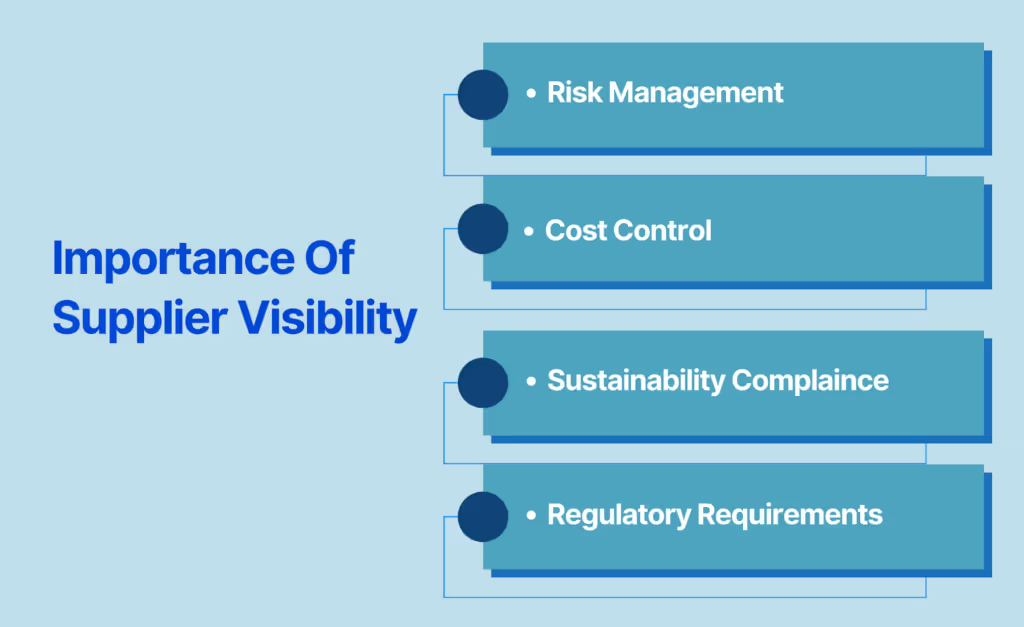
Many businesses focus mainly on Tier 1 suppliers, but looking beyond them is just as important. A weak link anywhere in the supply chain can lead to shortages, production delays, or unexpected cost increases. Without visibility across all supplier tiers, you may not detect potential risks until they affect your operations.
- Risk Management: Disruptions at lower tiers, such as raw material shortages, factory shutdowns, or shipping delays, can slow down production and impact your ability to meet demand.
- Cost Control: Understanding your entire supply chain clearly helps you avoid sudden price fluctuations caused by supply shortages or unexpected disruptions.
- Sustainability Compliance: Ethical sourcing is a growing concern, and tracking materials back to their origin helps confirm that suppliers follow responsible practices.
- Regulatory Requirements: Many industries require companies to be transparent about where materials come from and how they are sourced. Without supplier visibility, meeting these requirements can be difficult.
For example, if a government regulation bans the use of certain metals from unethical sources, you need to know whether your Tier 3 suppliers are sourcing materials from approved locations.
Without this information, your business could face compliance issues, reputational damage, or supply chain interruptions.
Also Read: The Complete Guide to Understanding the 4 Procurement Maturity Levels
How Can akirolabs Help With Supply Chain?
akirolabs is a strategic procurement platform that transforms procurement into a value-driven function, focusing on strategic, streamlined procurement processes and better-informed decisions. At akirolabs, we strategically enhance aspects of SCM by focusing on planning, collaboration, risk mitigation, and supplier alignment.
Here's how akirolabs contributes to improved Supply Chain Management:
- Proactively Reduce Risks: Plan for potential risks with scenario modeling capabilities, ensuring your business is ready for any challenges in the supply chain, from supplier disruptions to market changes.
- Scenario Modeling: Build and analyze multiple scenarios to prepare for global issues like supplier disruptions, price volatility, or market changes, ensuring your business is ready for any challenges.
- Build Contingency Strategies: Move beyond firefighting by creating contingency strategies that keep operations running smoothly, even in unpredictable situations.
- Enhanced Collaboration: akirolabs enables collaboration by involving all relevant stakeholders—whether internal or external—right from the start to make it easier to gather business requirements.
- Strategic Supplier Management: It shifts the focus from managing product categories to managing key suppliers directly, leading to stronger partnerships and better alignment with business goals.
- Create Supplier Strategies: Develop plans to work with the right suppliers who meet your goals.
- Align Suppliers with Long-Term Goals: Include supplier considerations in category strategies.
- Transparency and Compliance: The platform makes it easy to trace decisions, and its built-in audit-friendly features ensure transparency and compliance.
- AI-Powered Market Intelligence: akirolabs integrates AI-driven market intelligence to help you to make informed decisions based on real-time data. This feature lets you stay ahead of market trends and adjust your strategies accordingly.
By focusing on these aspects, akirolabs help make the supply chain more resilient, sustainable, and strategically aligned with your organization’s objectives.
Conclusion
Recognizing the differences between Tier 1, Tier 2, and Tier 3 suppliers allows you to make more informed decisions about your supply chain.
While Tier 1 suppliers are the most directly involved with your business, the lower tiers influence costs, product quality, and overall stability. Overlooking these layers can lead to unexpected disruptions that affect your operations.
You can reduce risks and keep your supply chain running smoothly by improving visibility across all supplier tiers and using the right management tools. A structured approach to supplier management helps you stay competitive, adapt to challenges, and maintain steady business growth.
Want to learn more about supplier management and supplier types? Schedule a demo today!
What makes a successful pilot with akirolabs?
We define success collaboratively with your team. Typical outcomes include strategy creation for priority categories, measurable process improvements, and internal alignment. We provide full support and a clear roadmap for evaluation.
Can I try the platform hands-on after the demo?
Yes, we offer guided pilots and sandbox environments depending on your stage in the buying process. These give you and your team the opportunity to explore features in your own context.
Can I see how akirolabs would work with our specific categories?
Yes, we can tailor the demo to showcase how akirolabs works with your specific categories and procurement structure. Let us know your priority areas in advance, and we'll customize the demonstration accordingly.
Who should attend the demo from my organization?
We recommend including key stakeholders from your procurement leadership team, category management function, and procurement excellence or transformation groups. Including business stakeholders can also be valuable to demonstrate how the platform facilitates cross-functional collaboration.
How long does a typical demo take?
A standard demo takes approximately 45-60 minutes, allowing time for a comprehensive overview of the platform and discussion of your specific requirements. We can adjust the timing based on your availability and areas of interest.
What will I see during an akirolabs demo?
During the demo, you'll see the complete akirolabs Category Strategy Workbench in action, including the collaborative workflow, AI-powered insights from akiroAssist, strategic scenario modeling capabilities, and the Strategy One-Pager feature. We'll customize the demonstration to focus on aspects most relevant to your organization's needs.
Ready to Transform Your Procurement Strategy?
There’s a better way to do procurement. This is IT.
.avif)







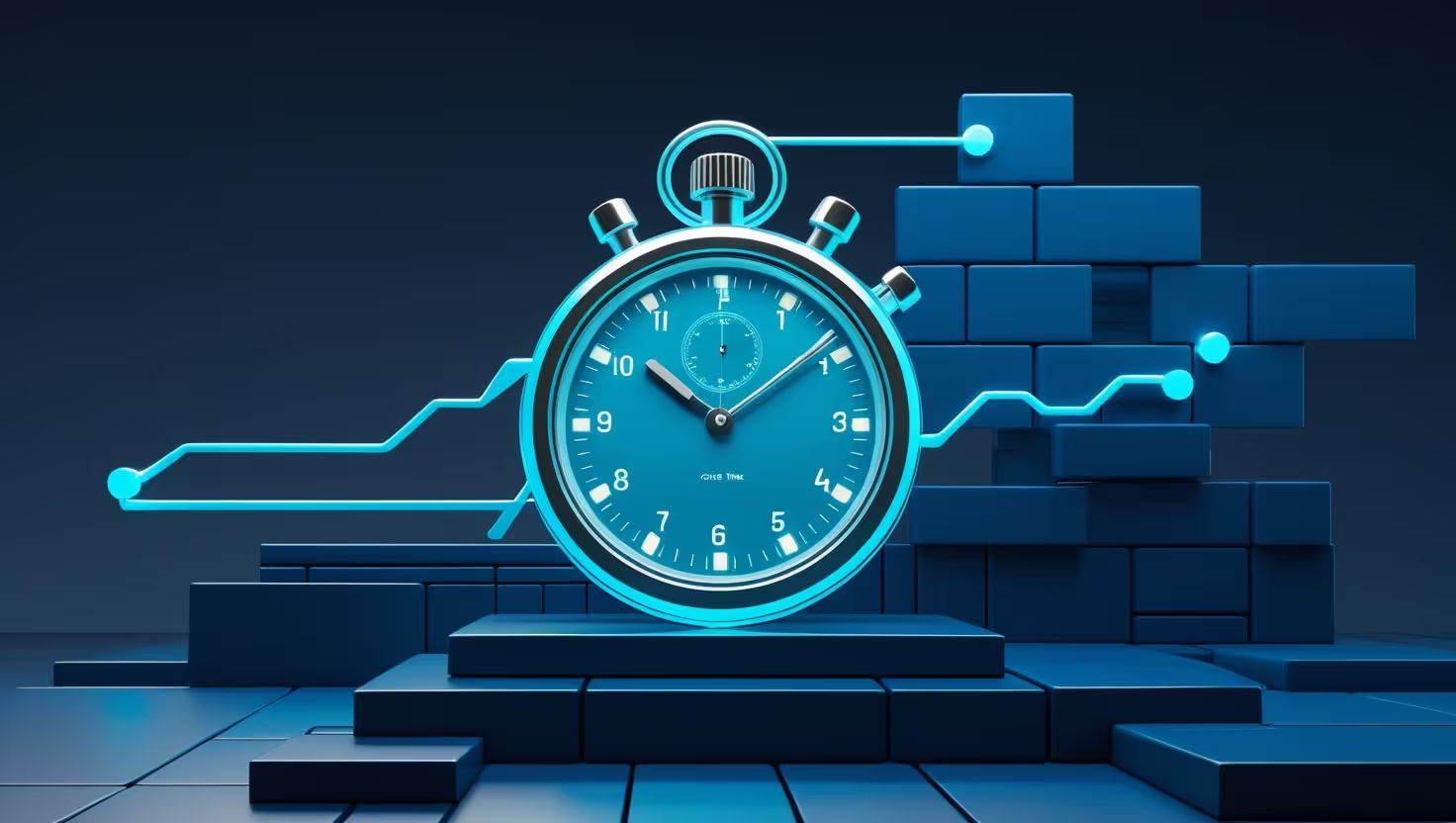
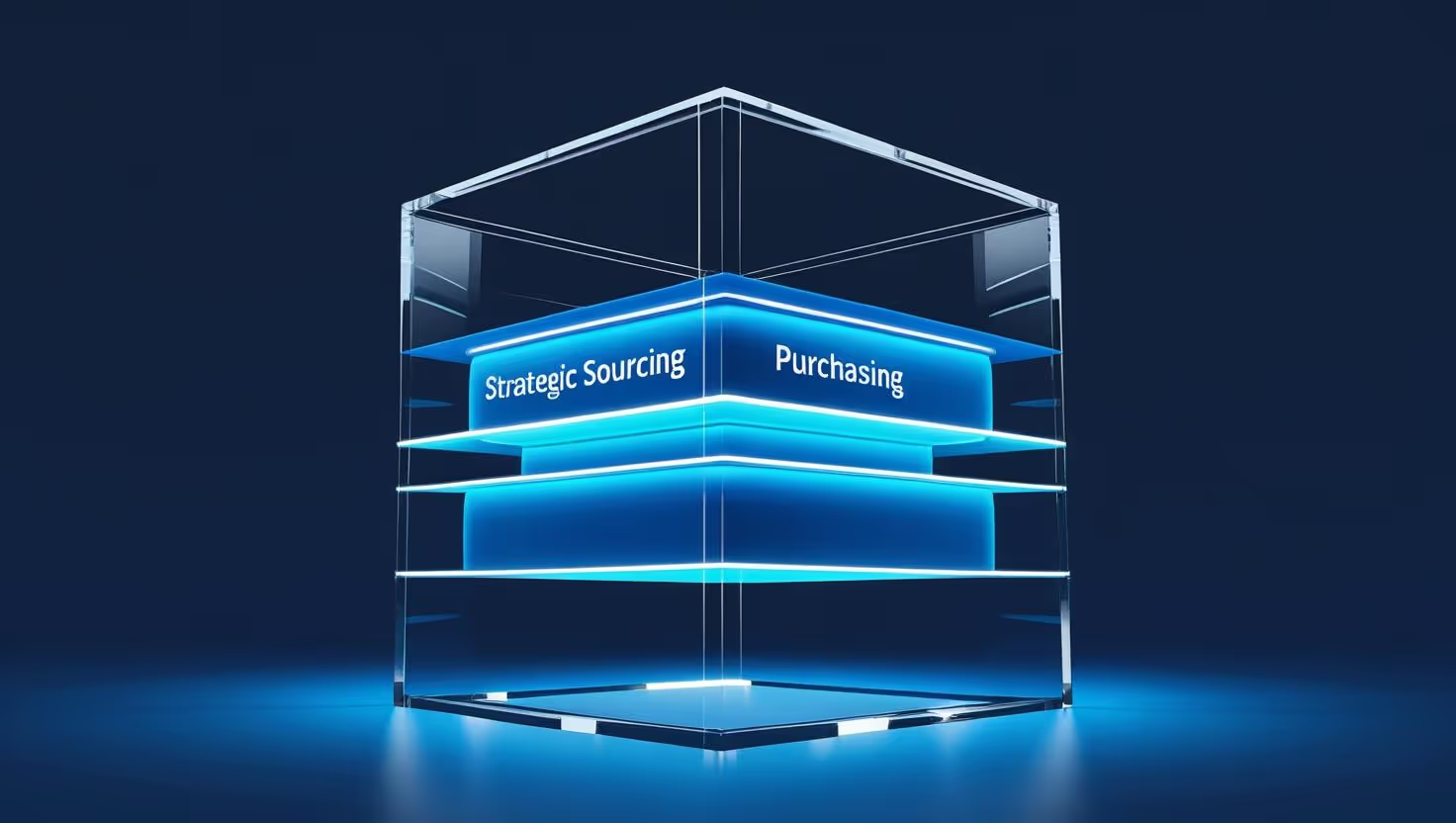


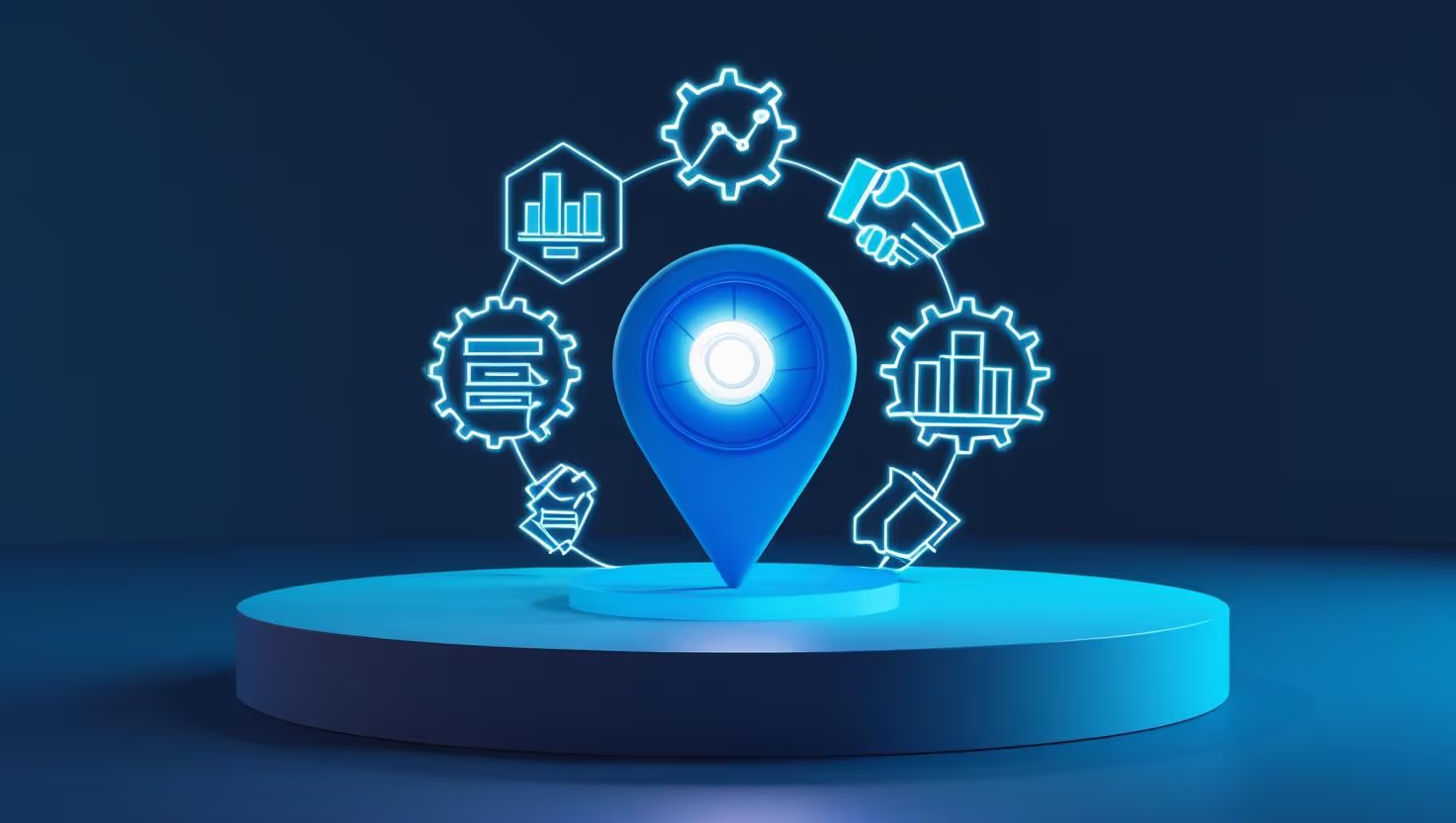
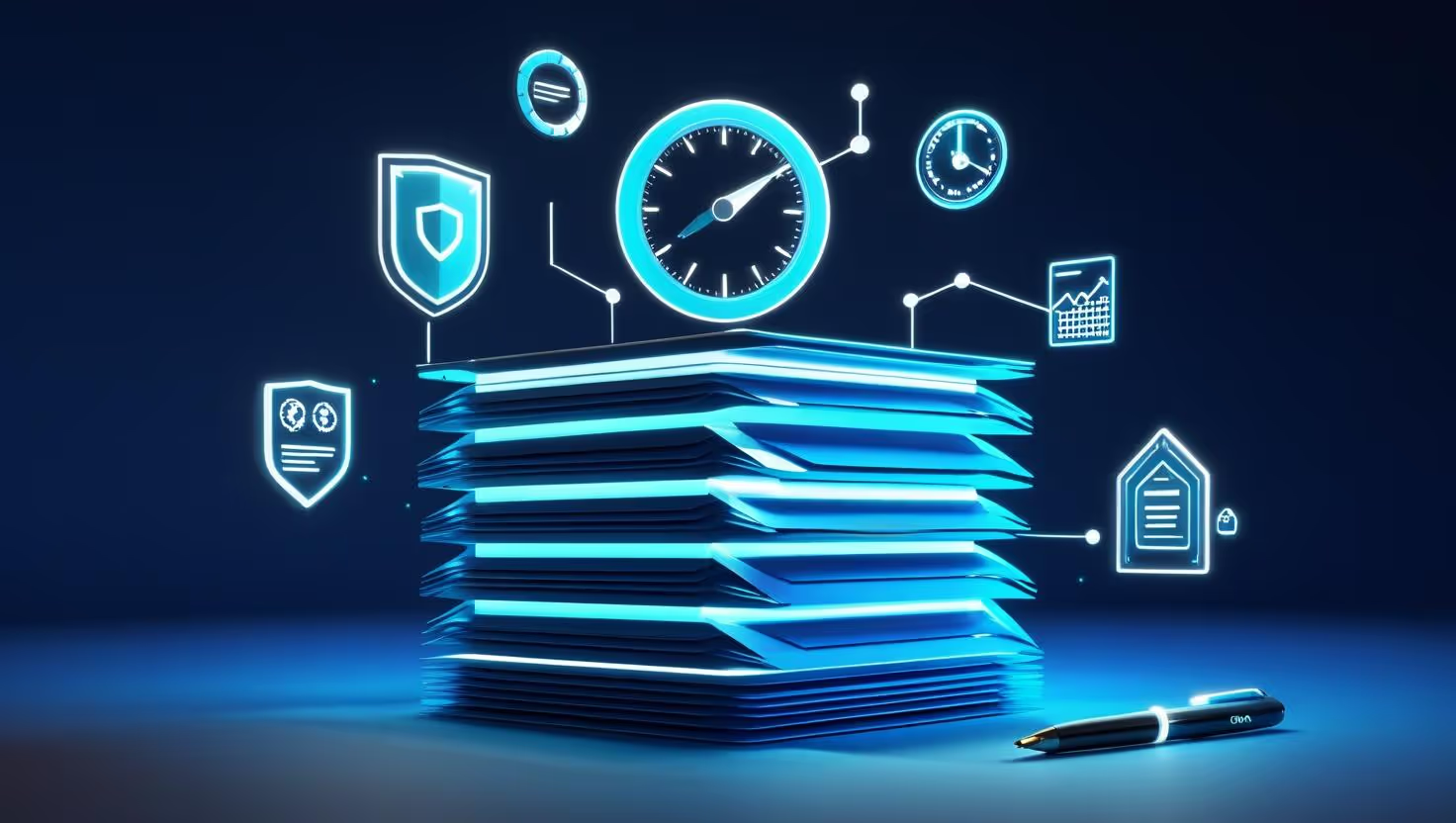
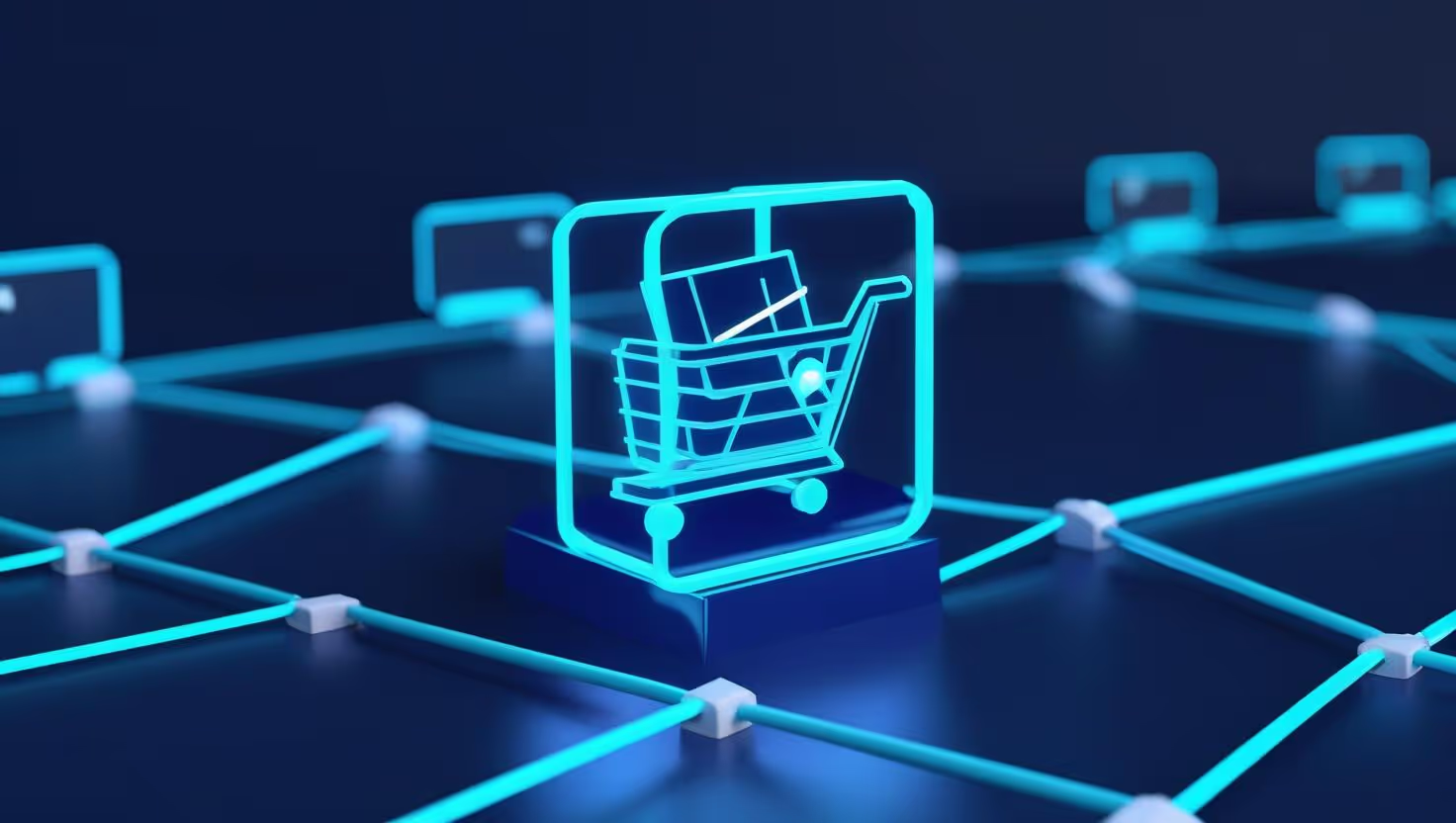

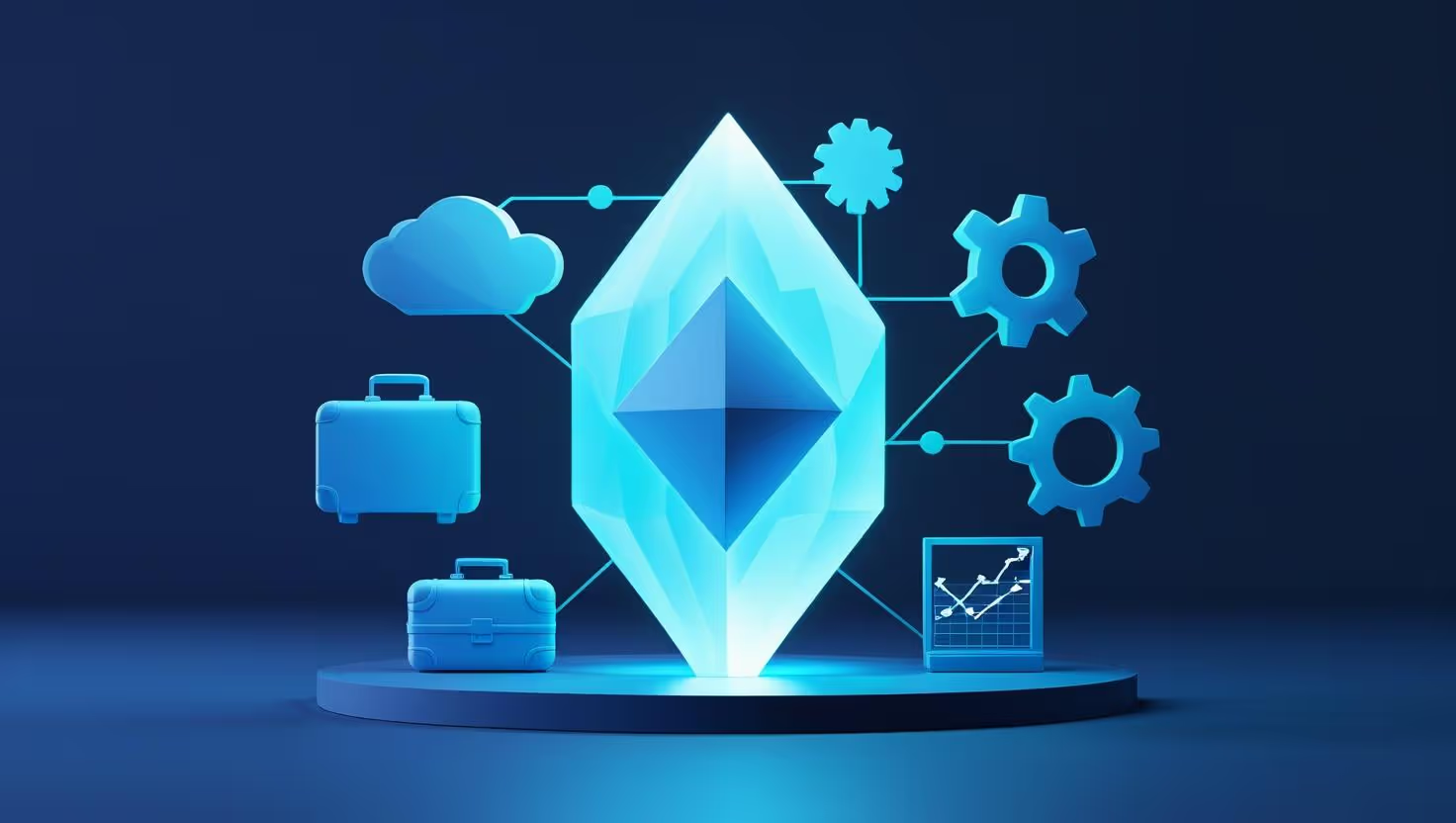

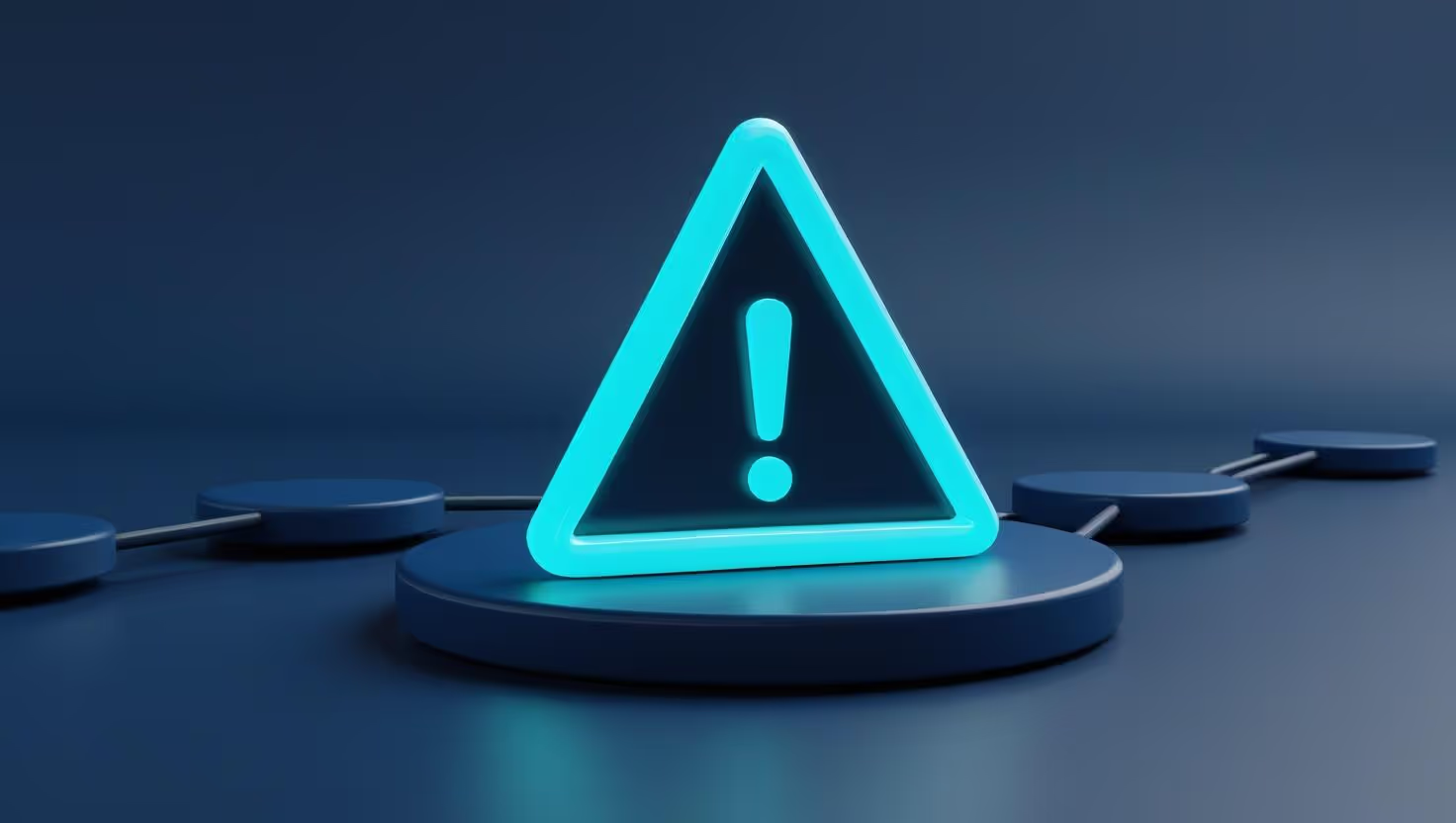


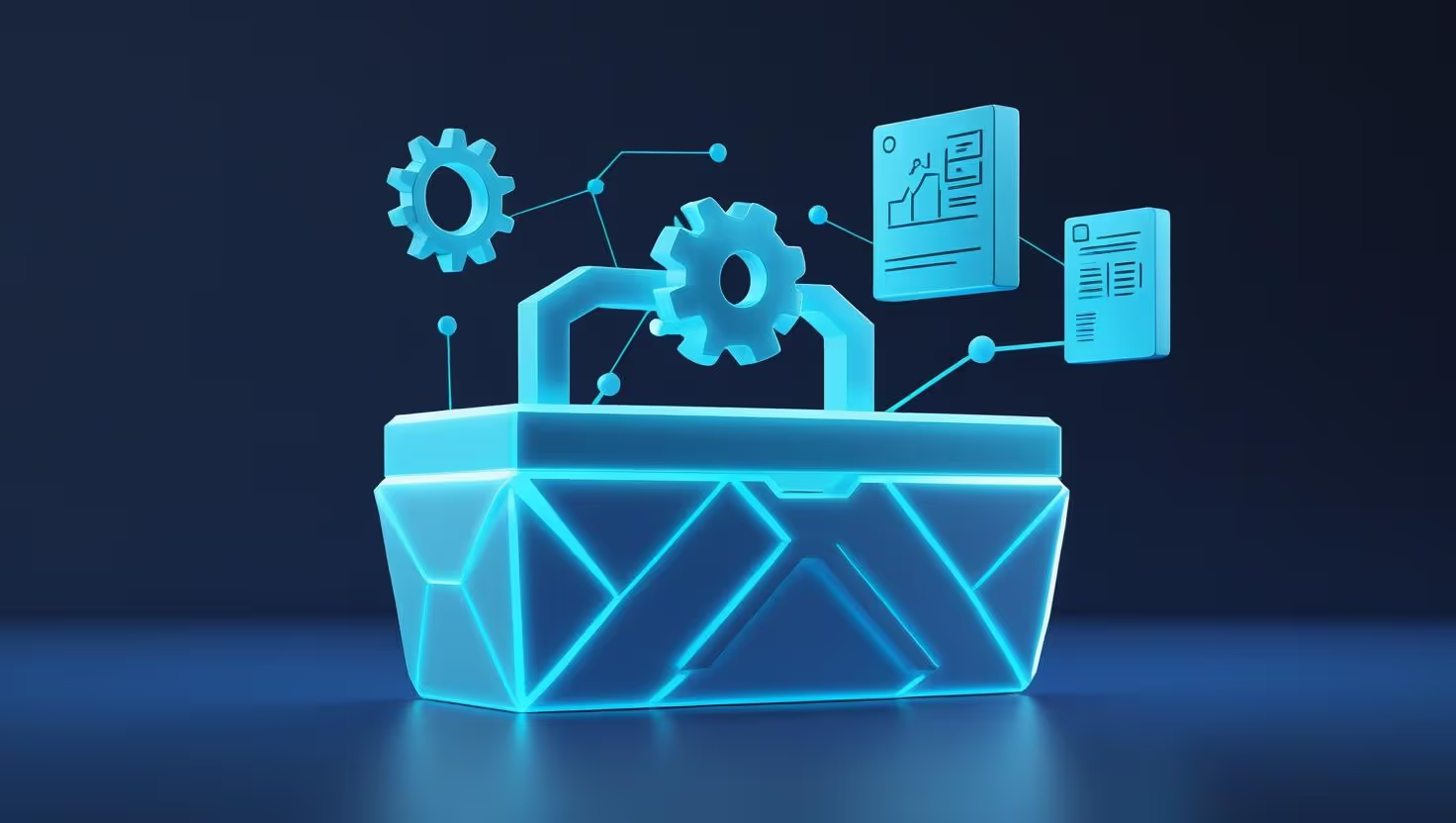





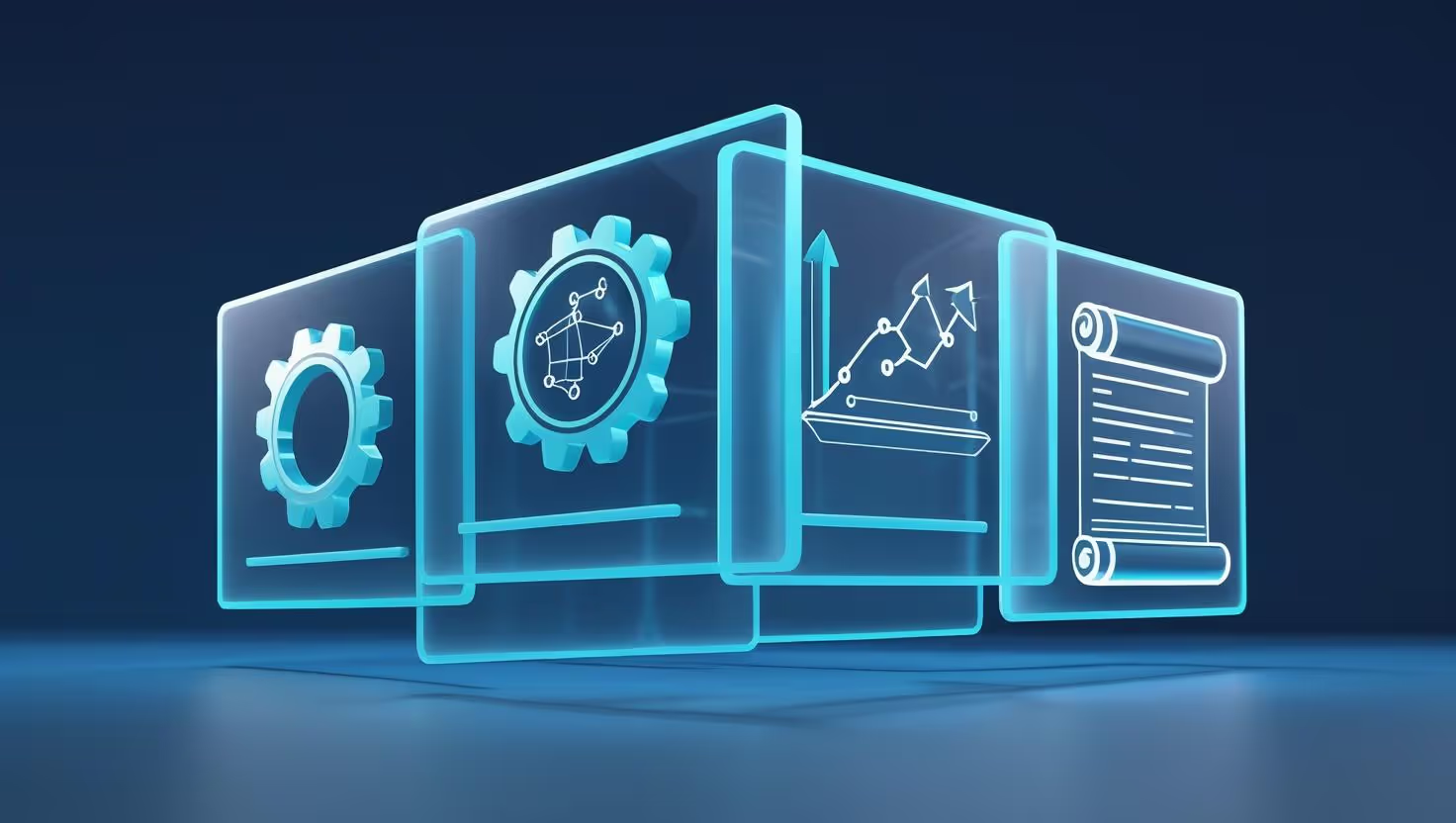

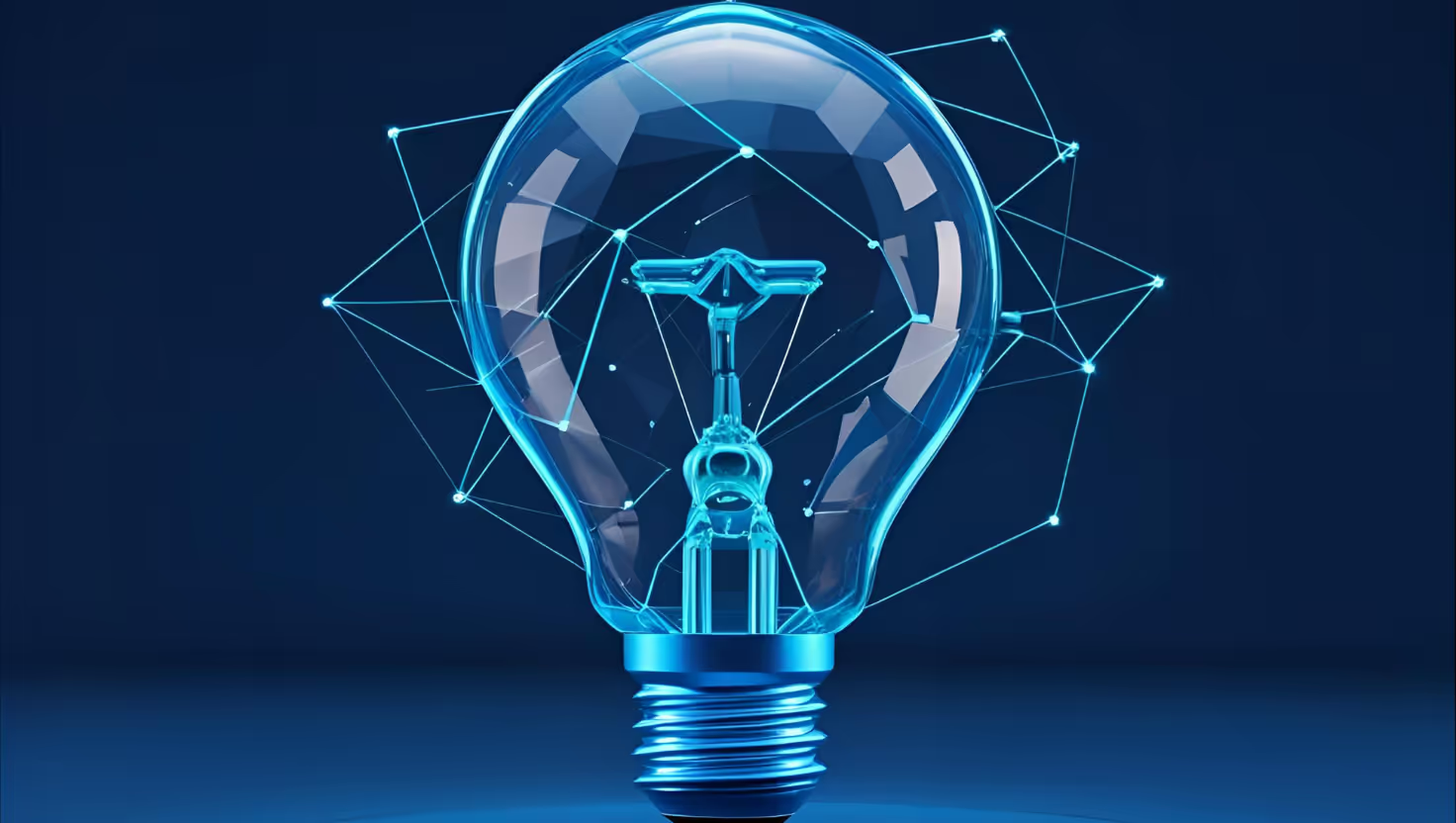


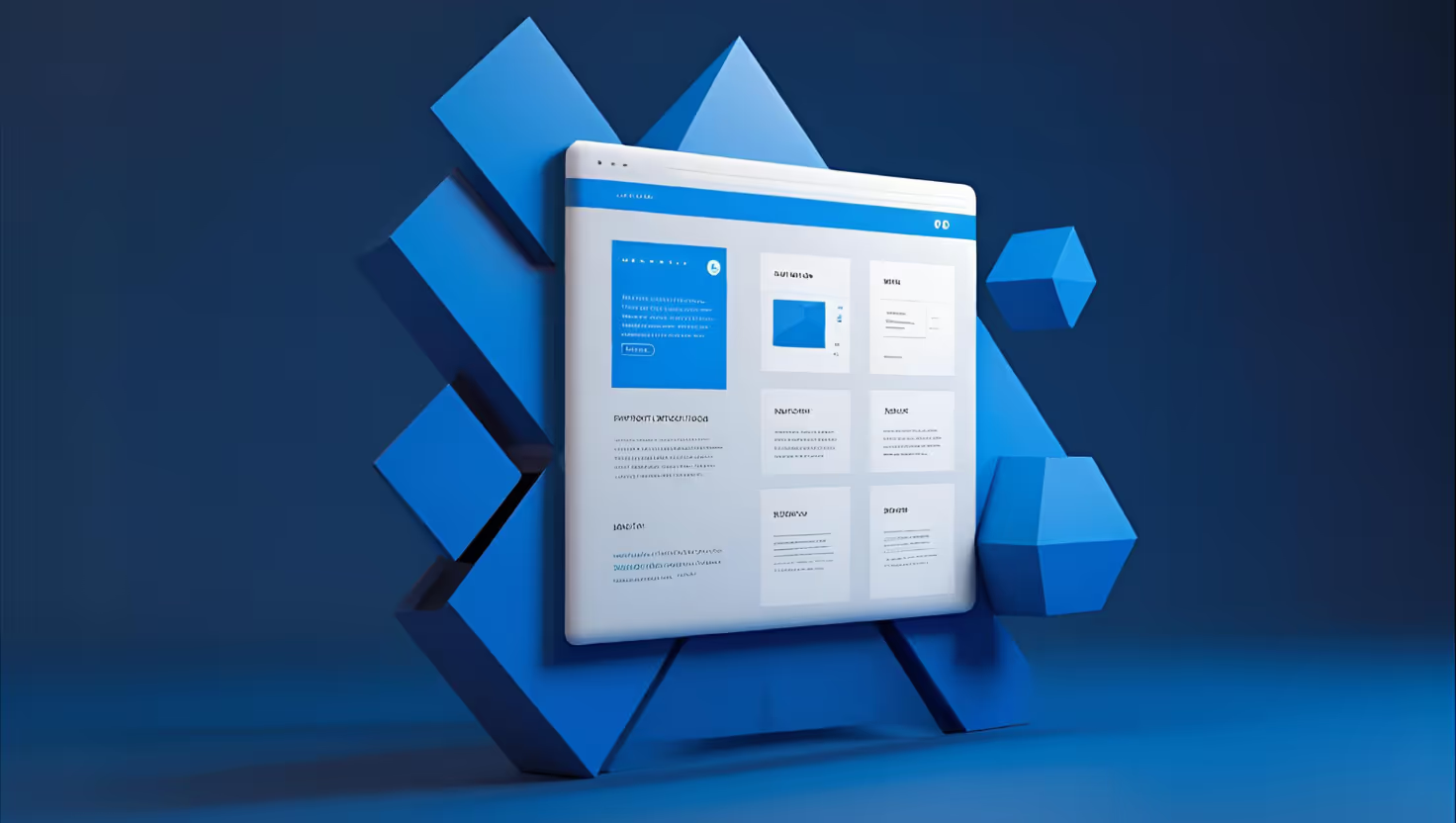








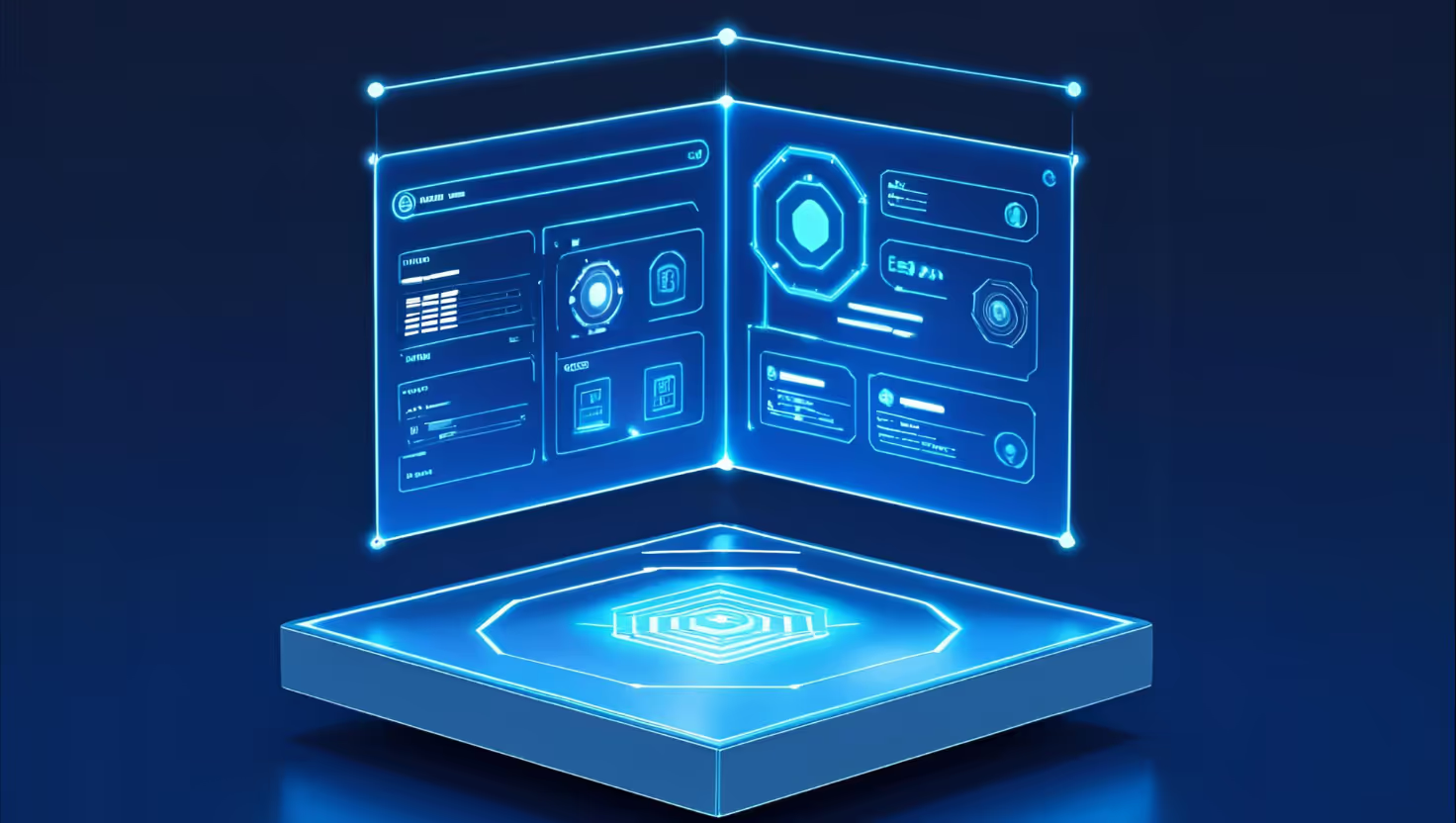

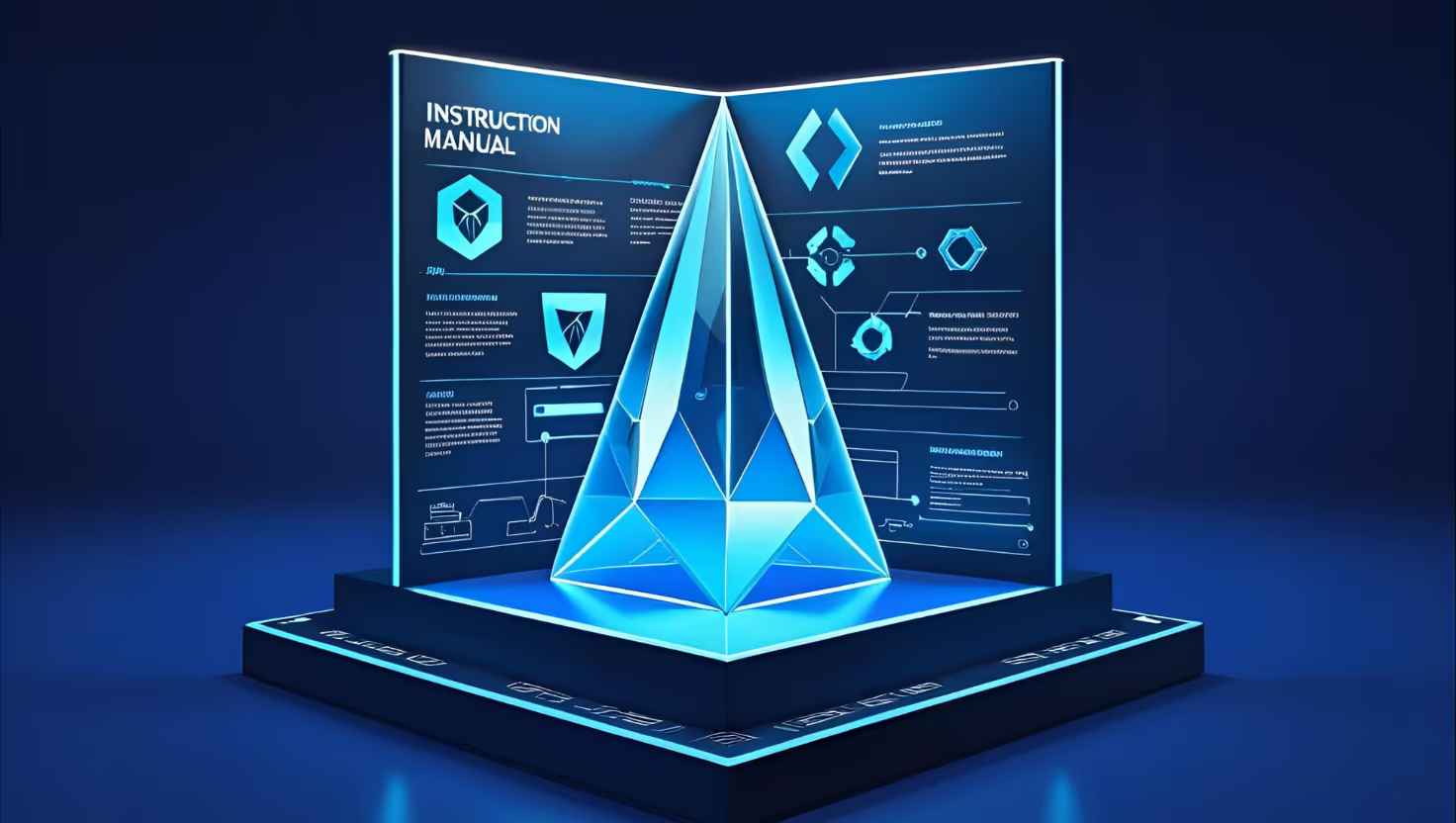
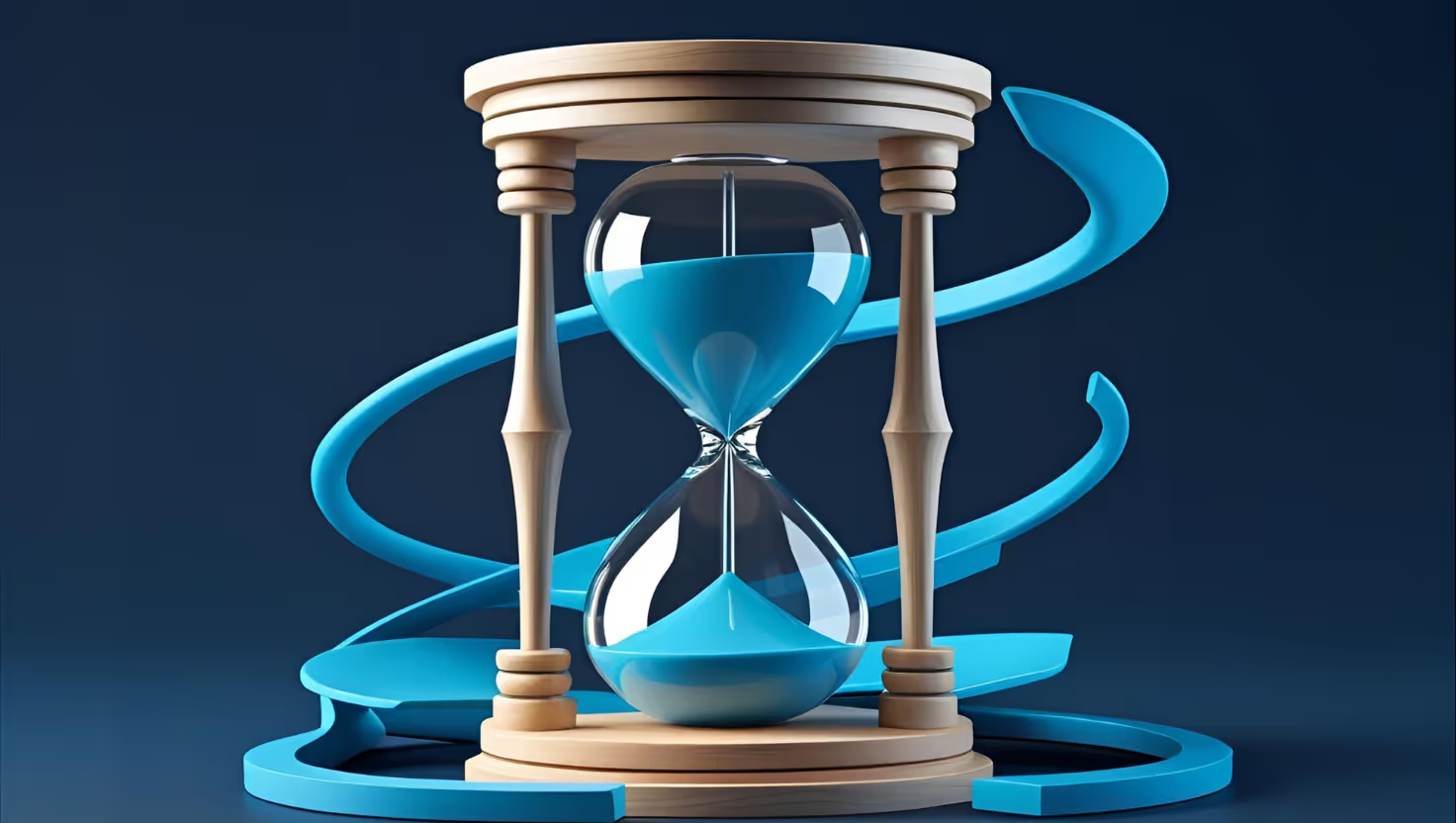
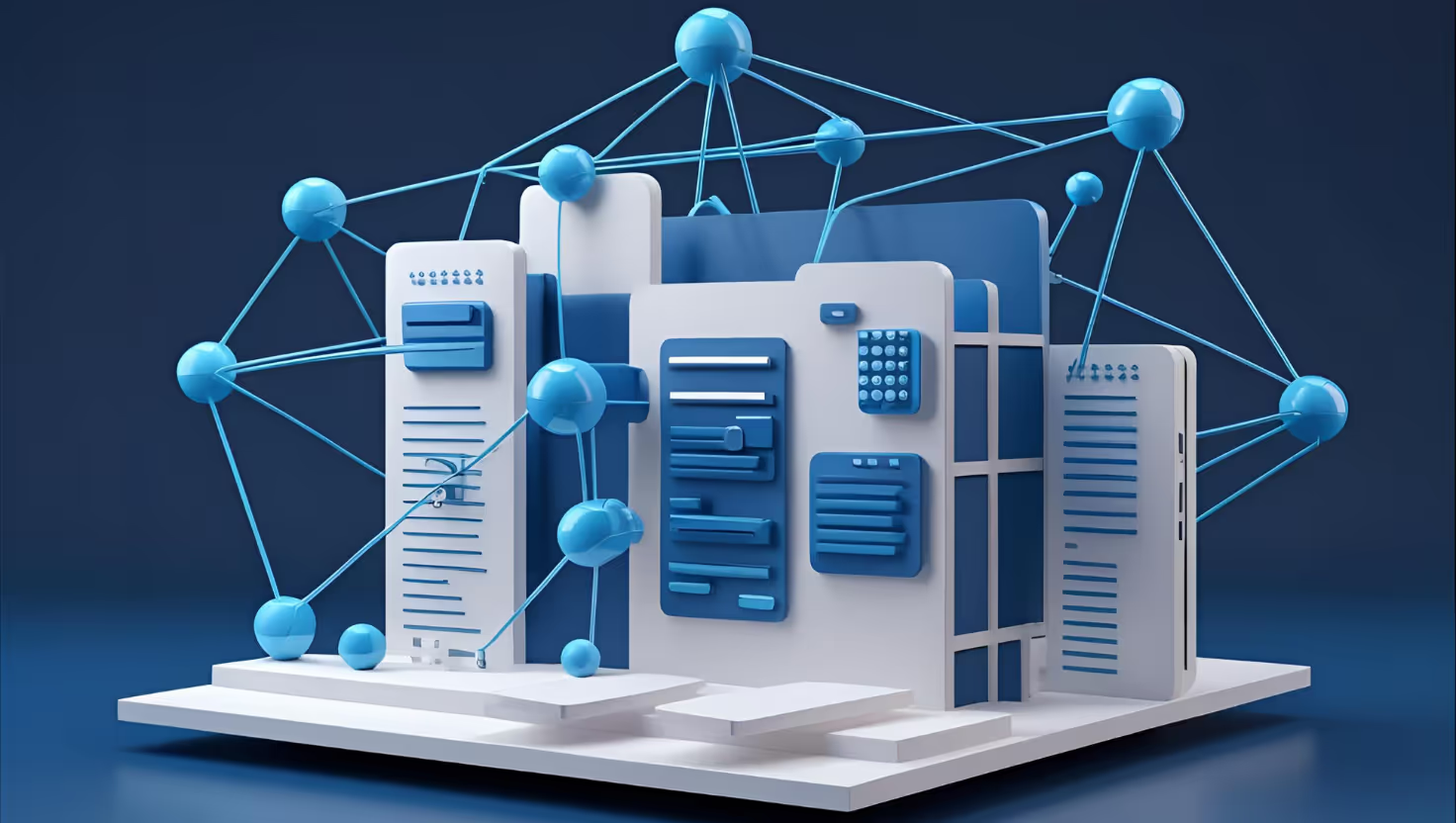




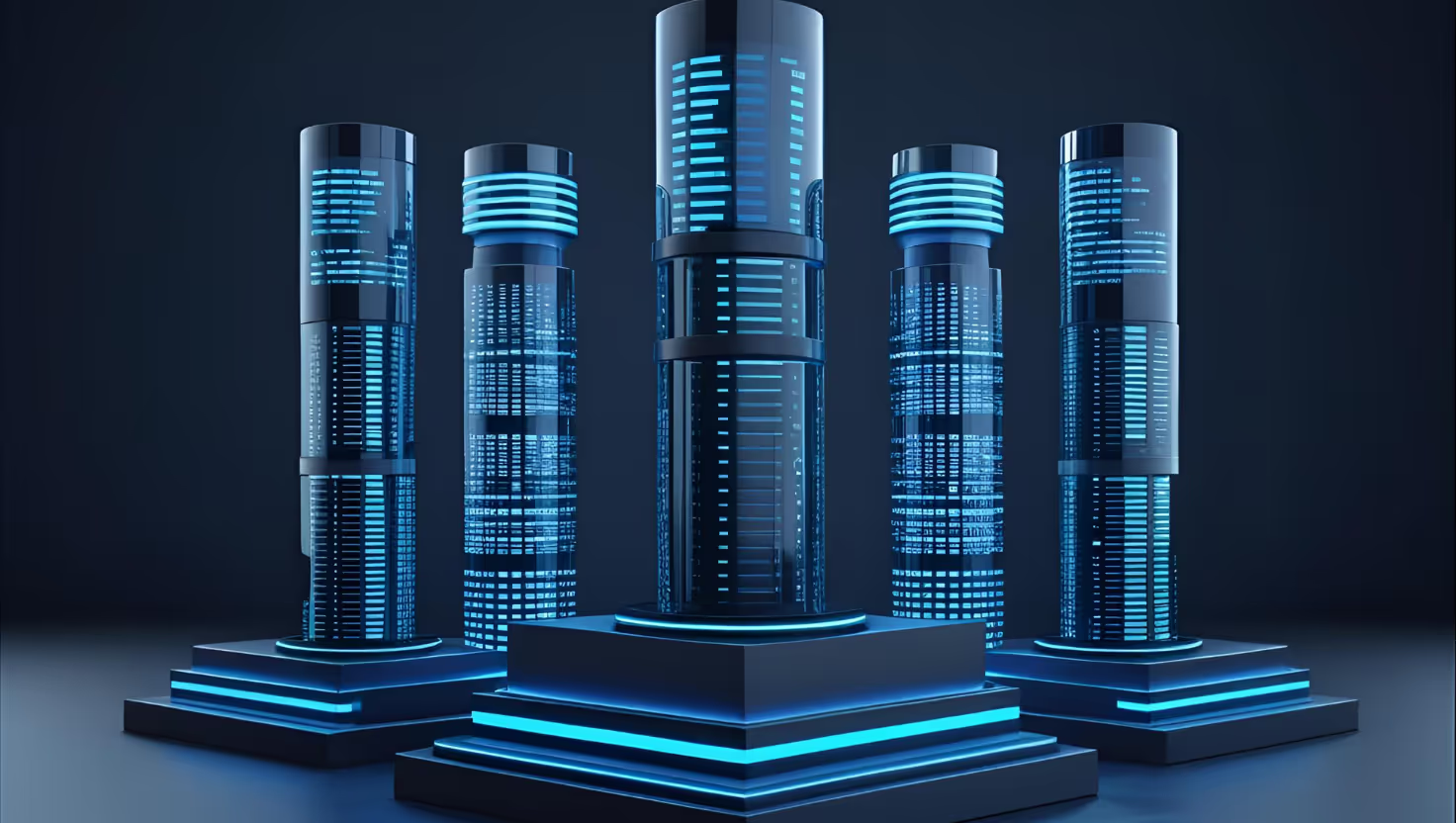
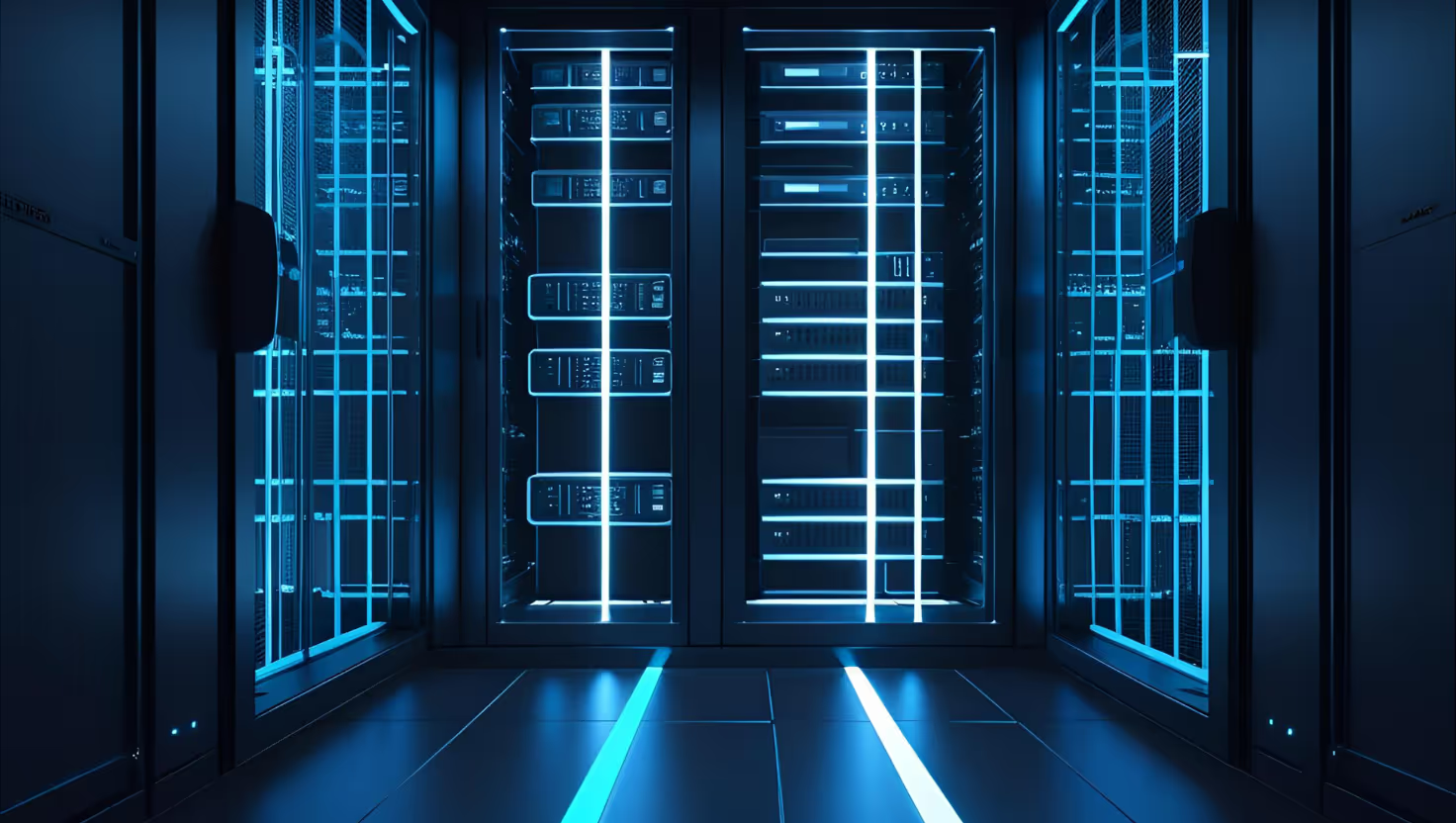
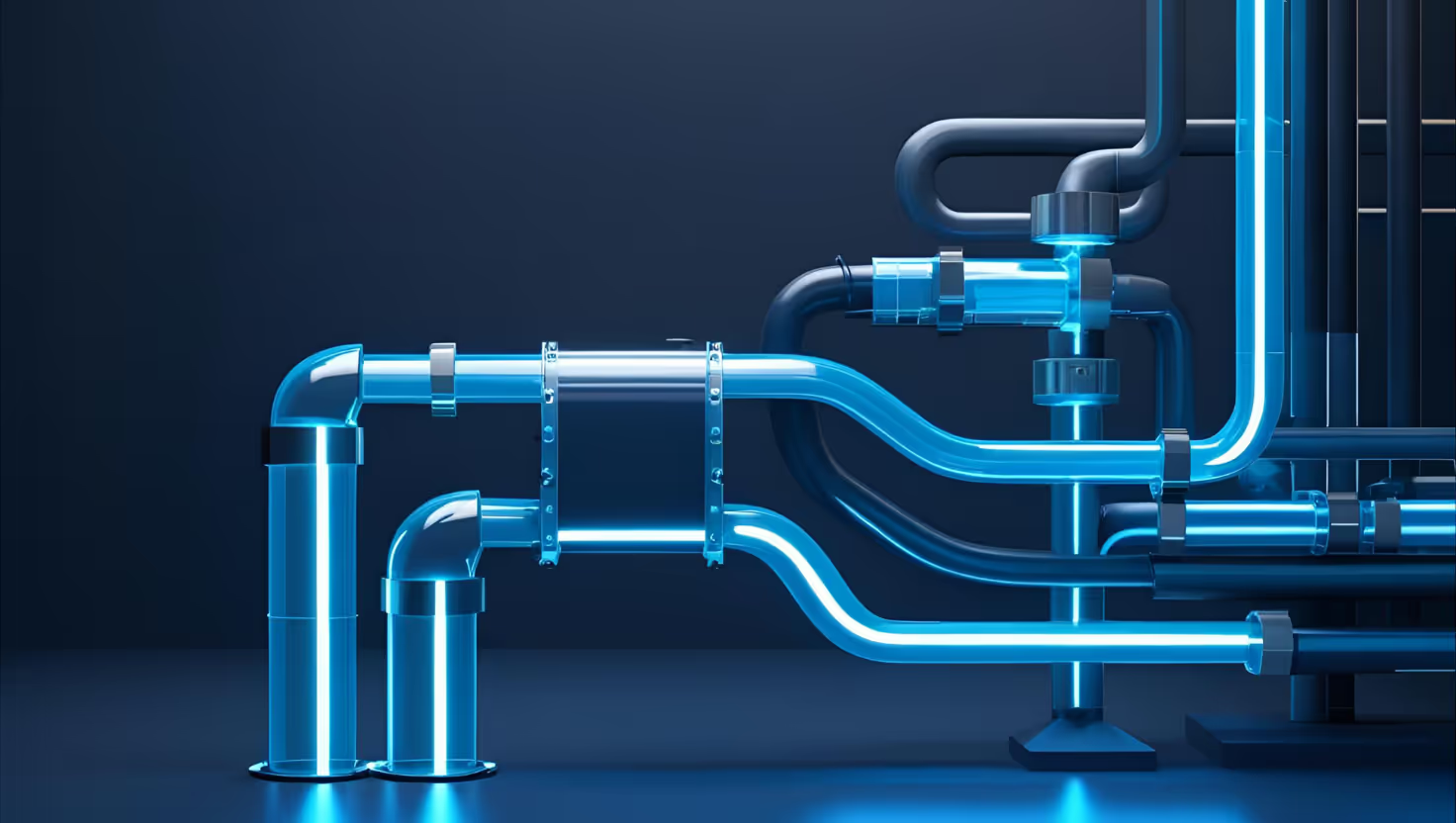






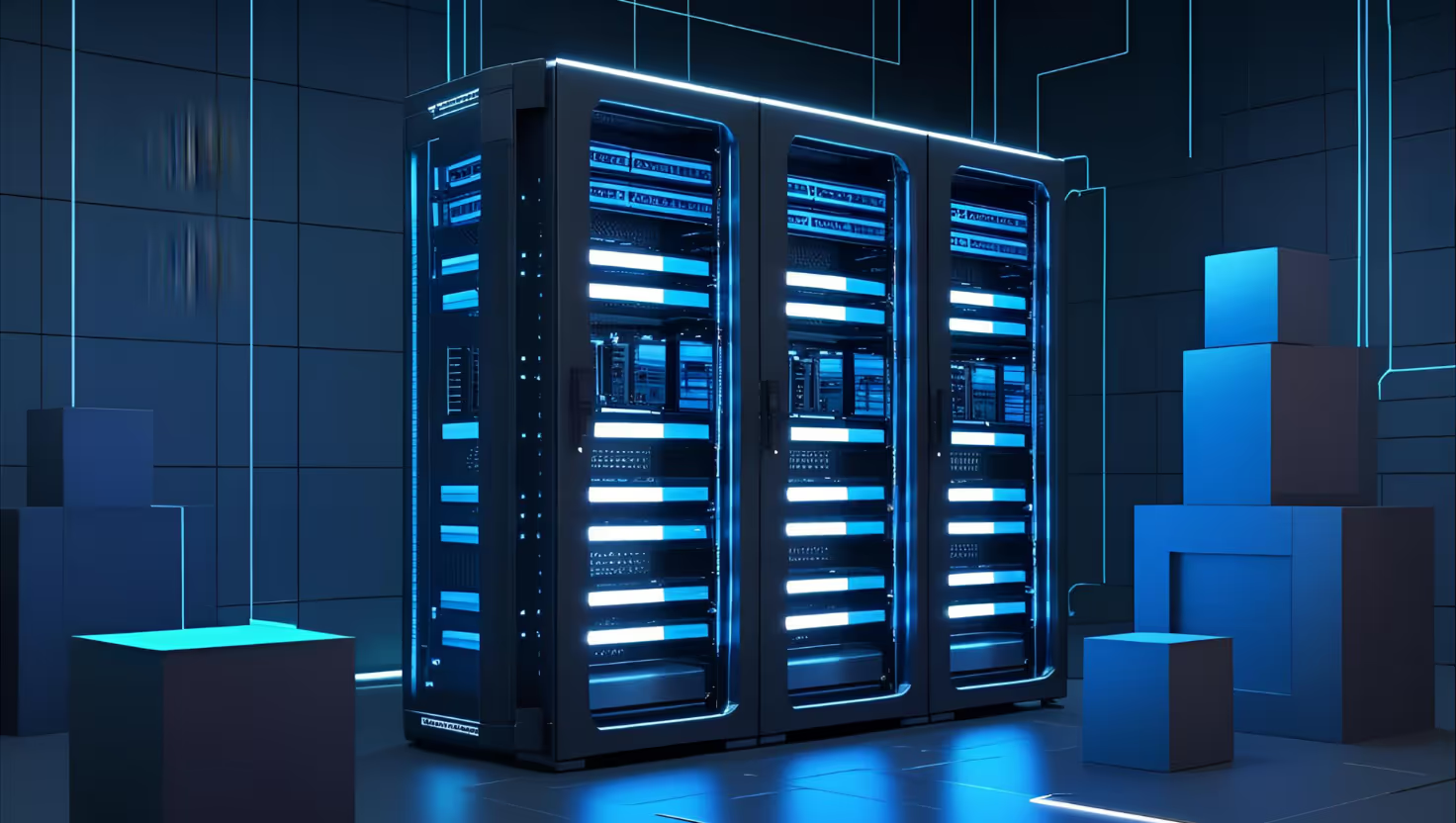

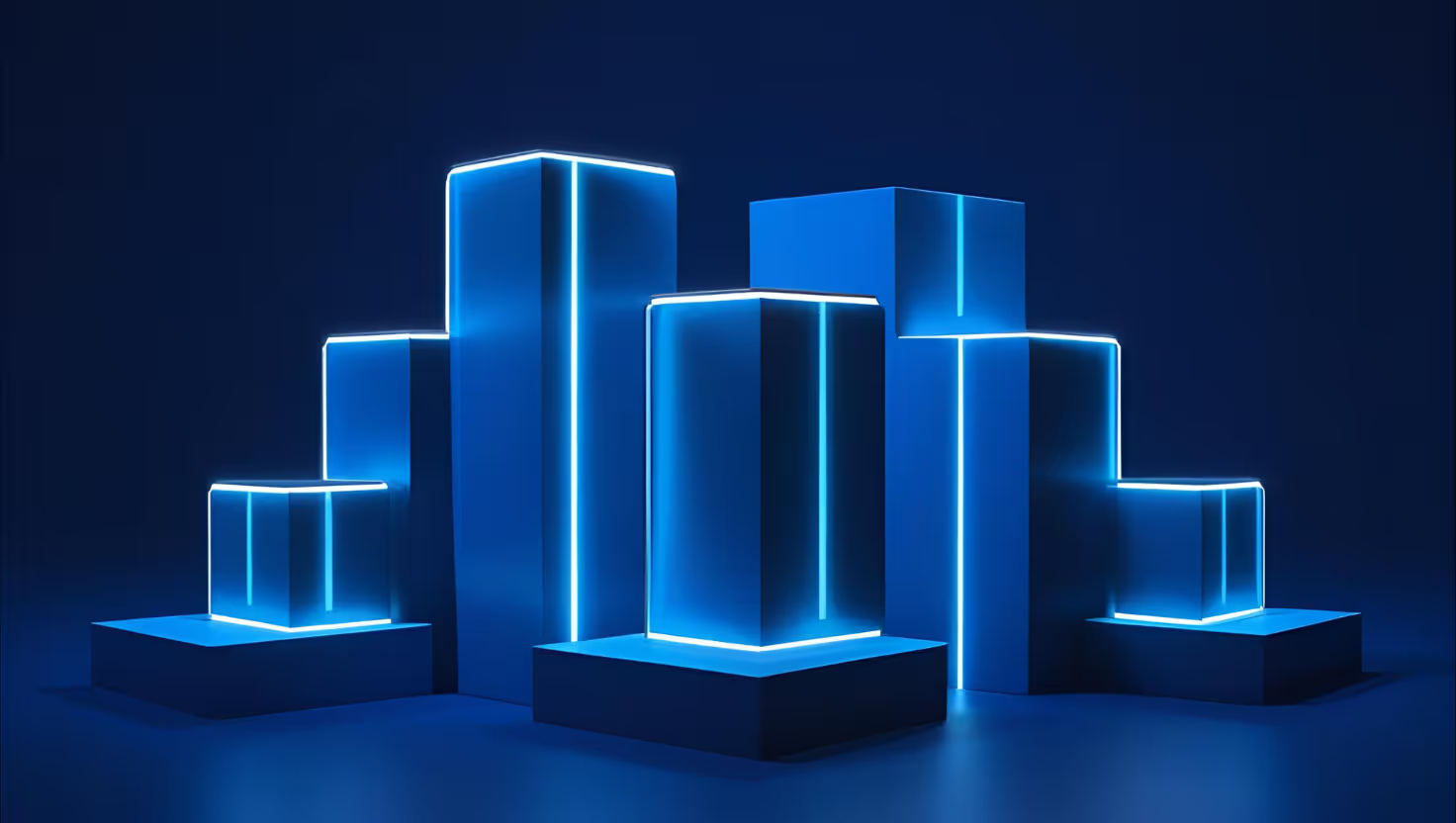
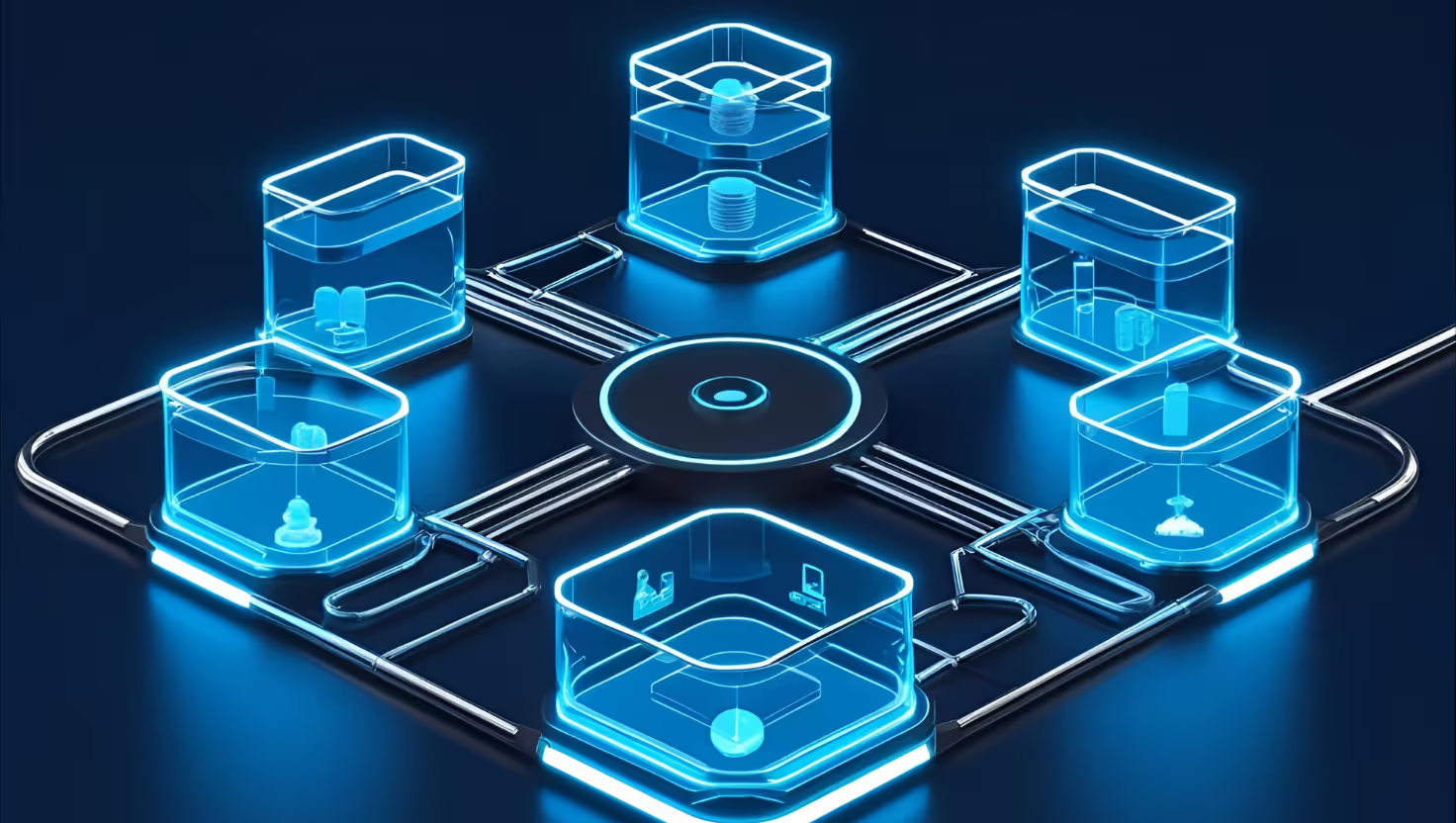

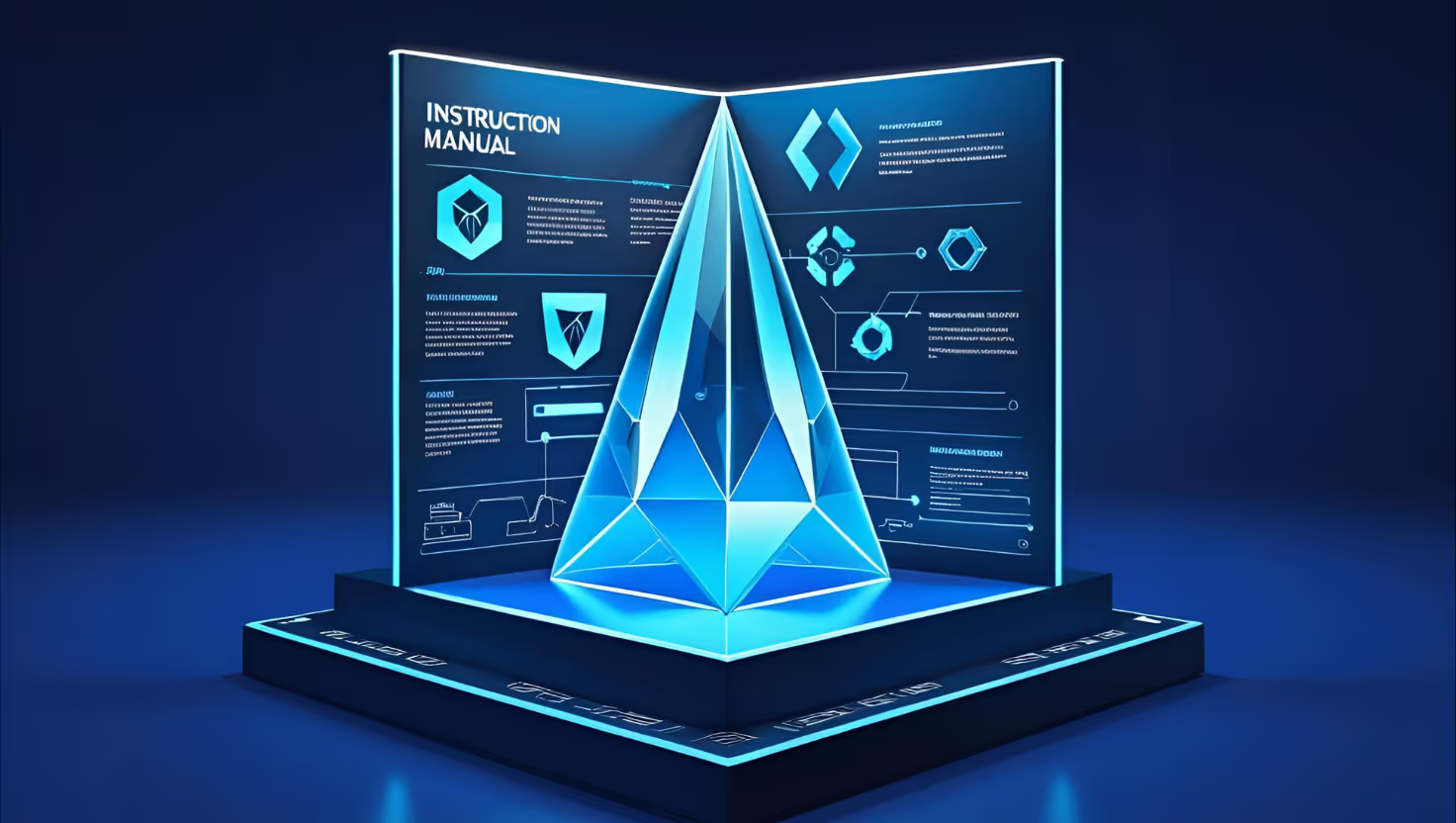

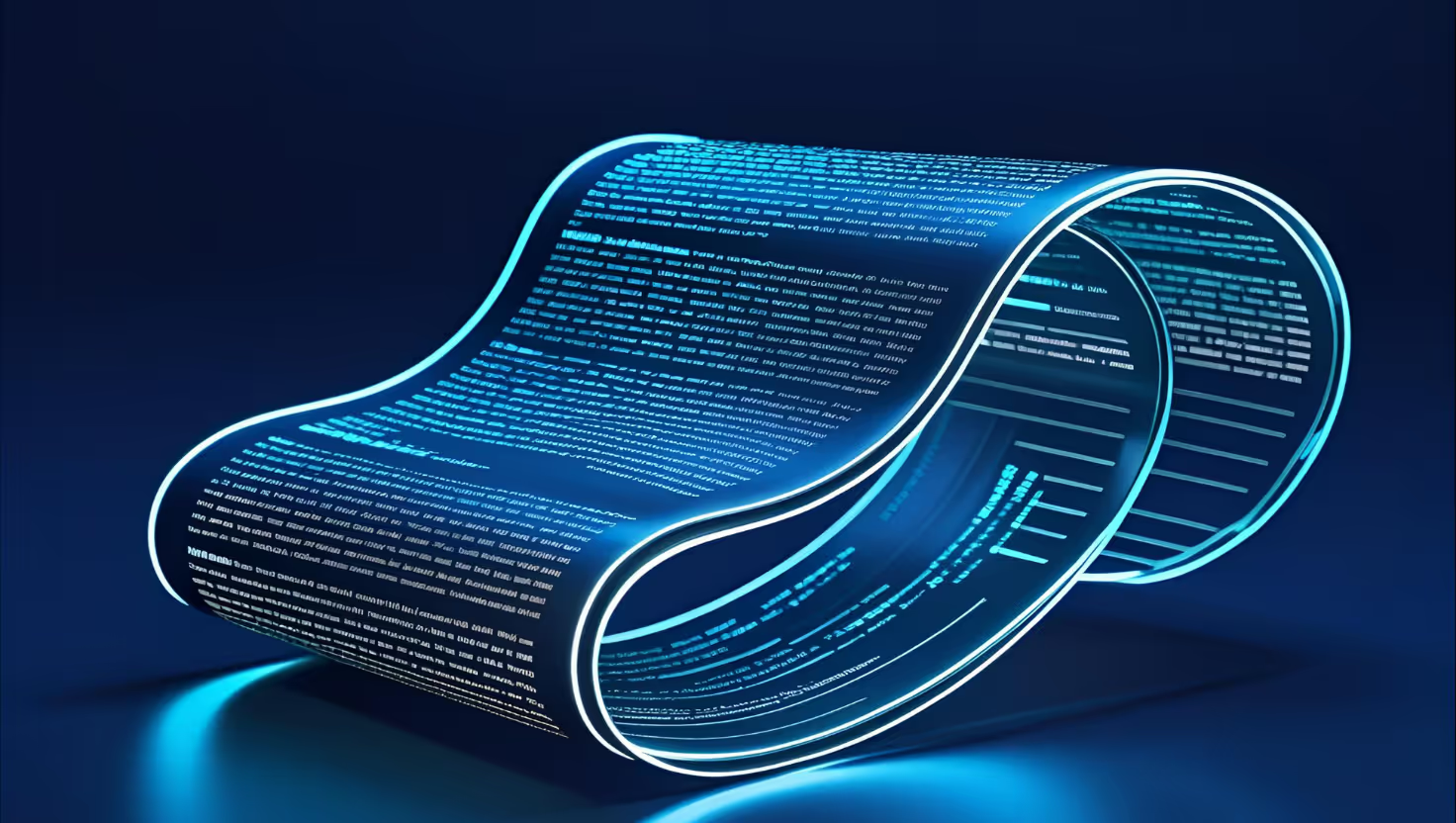








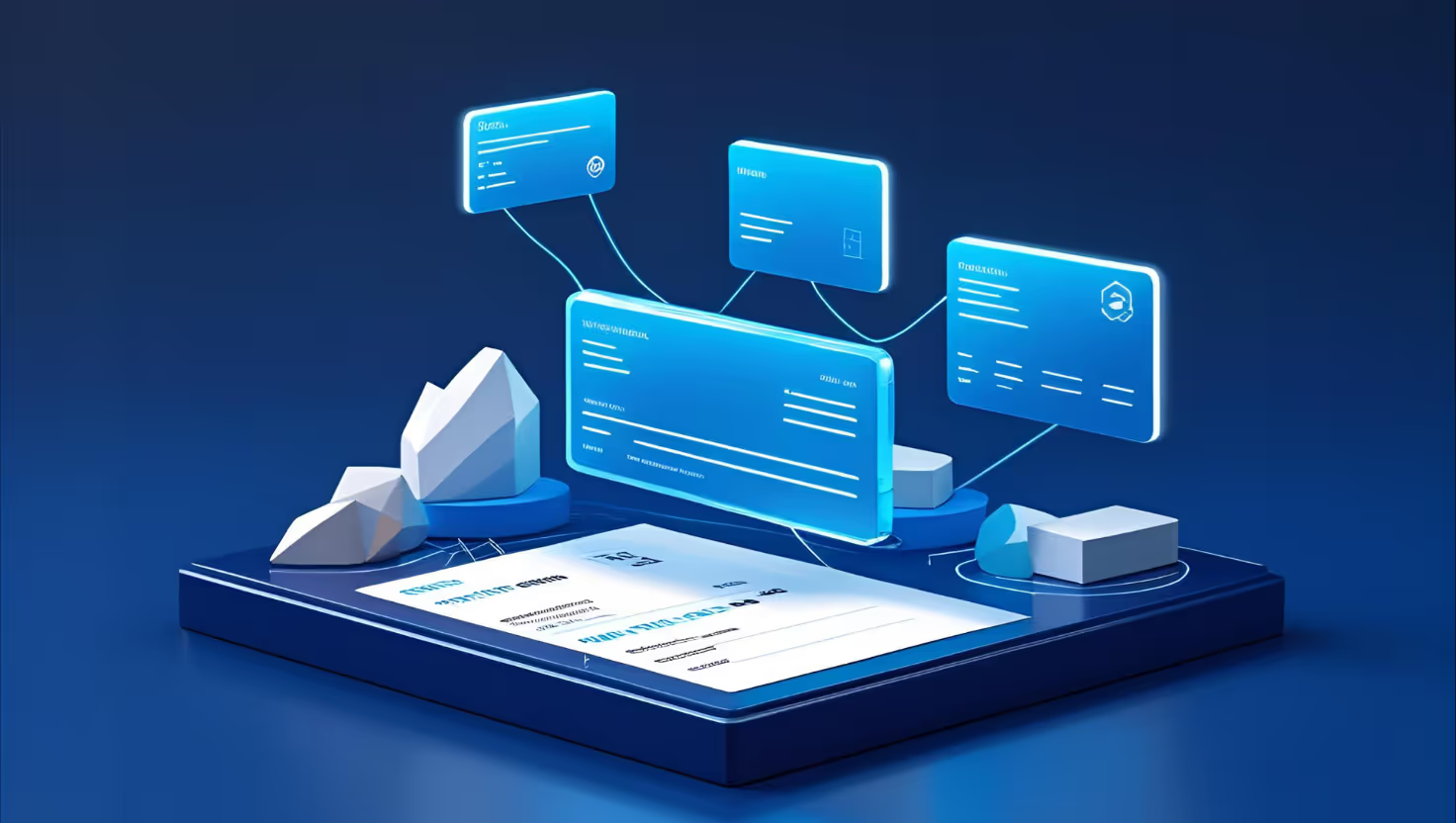
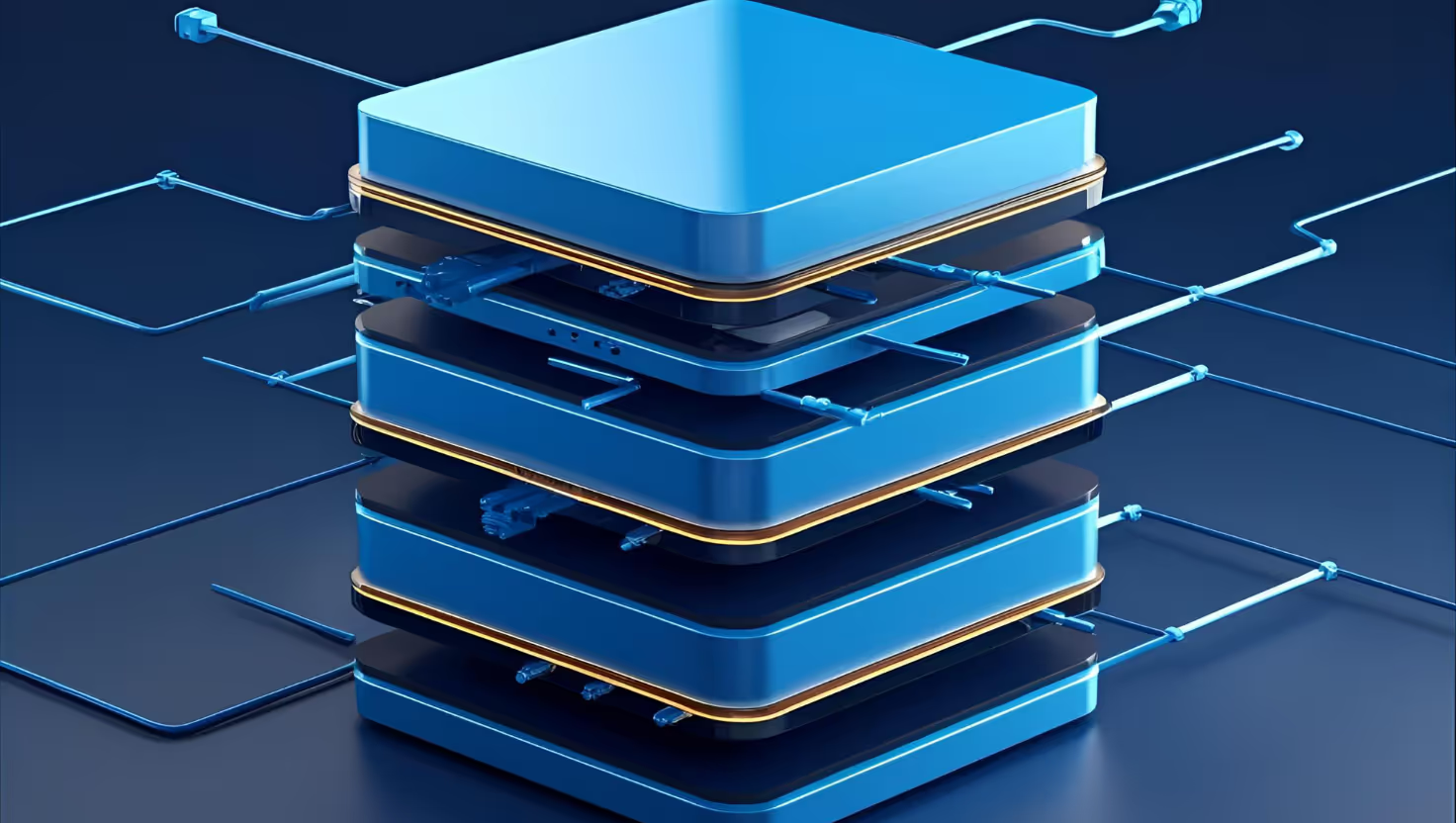



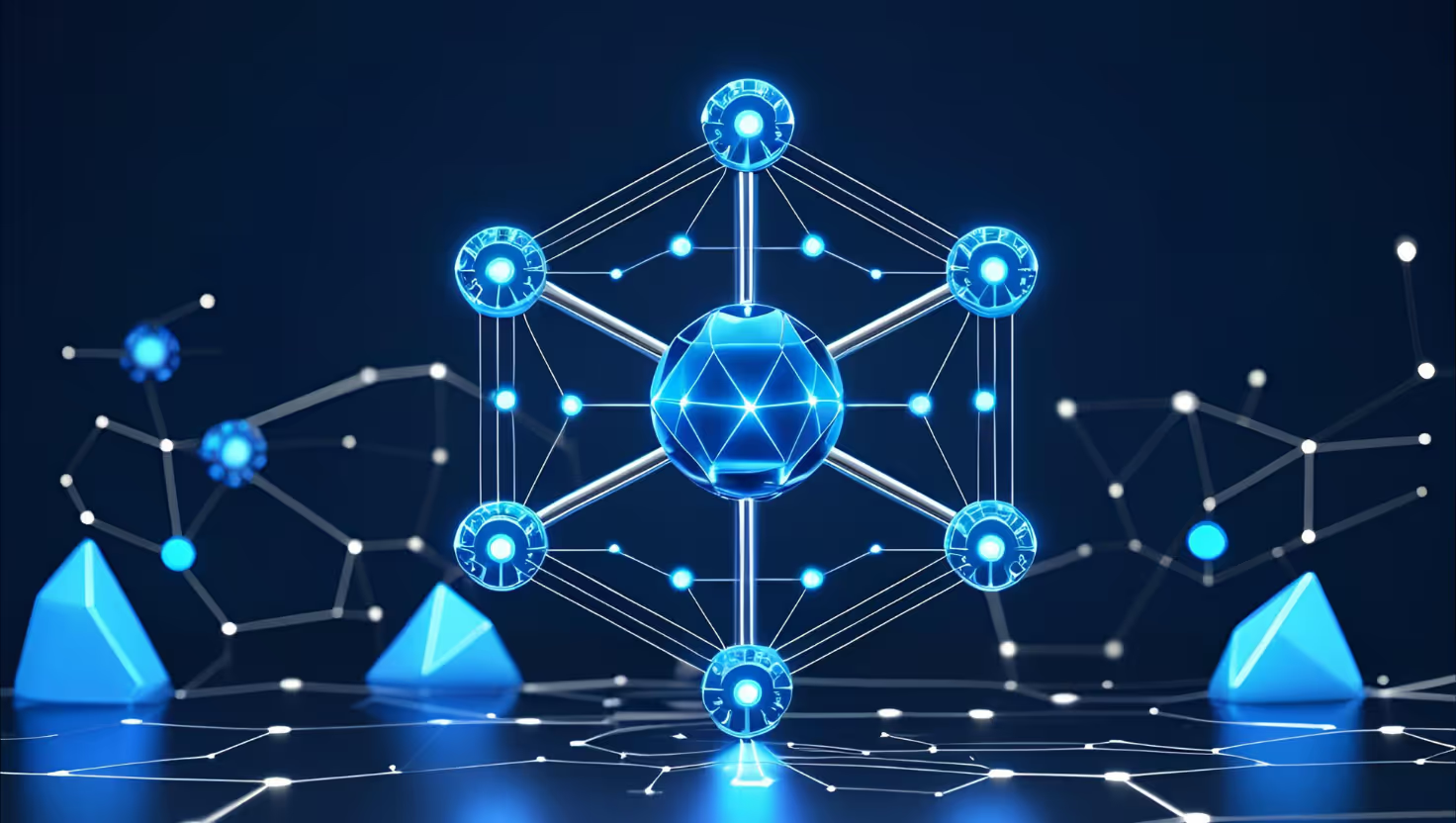


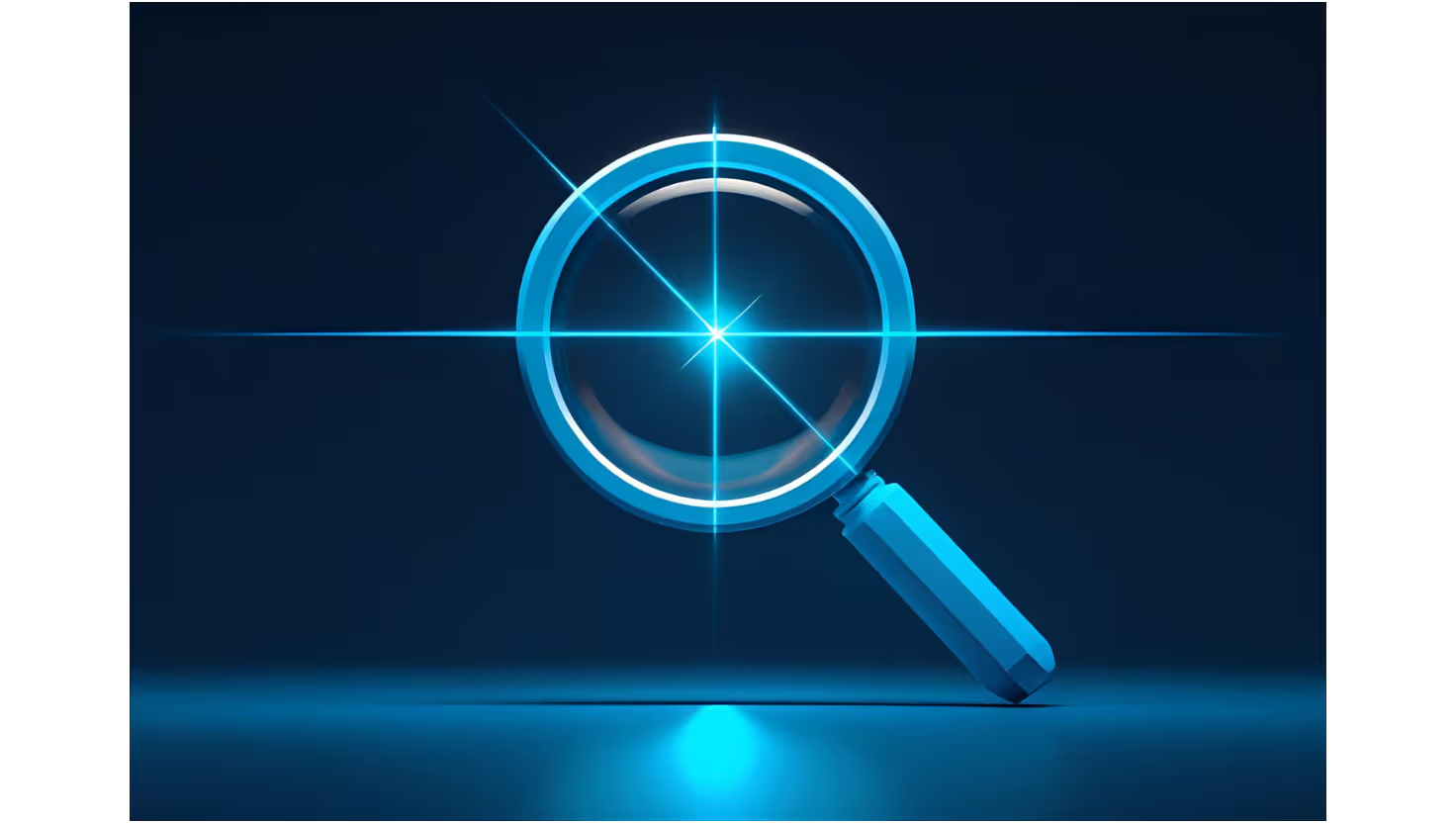
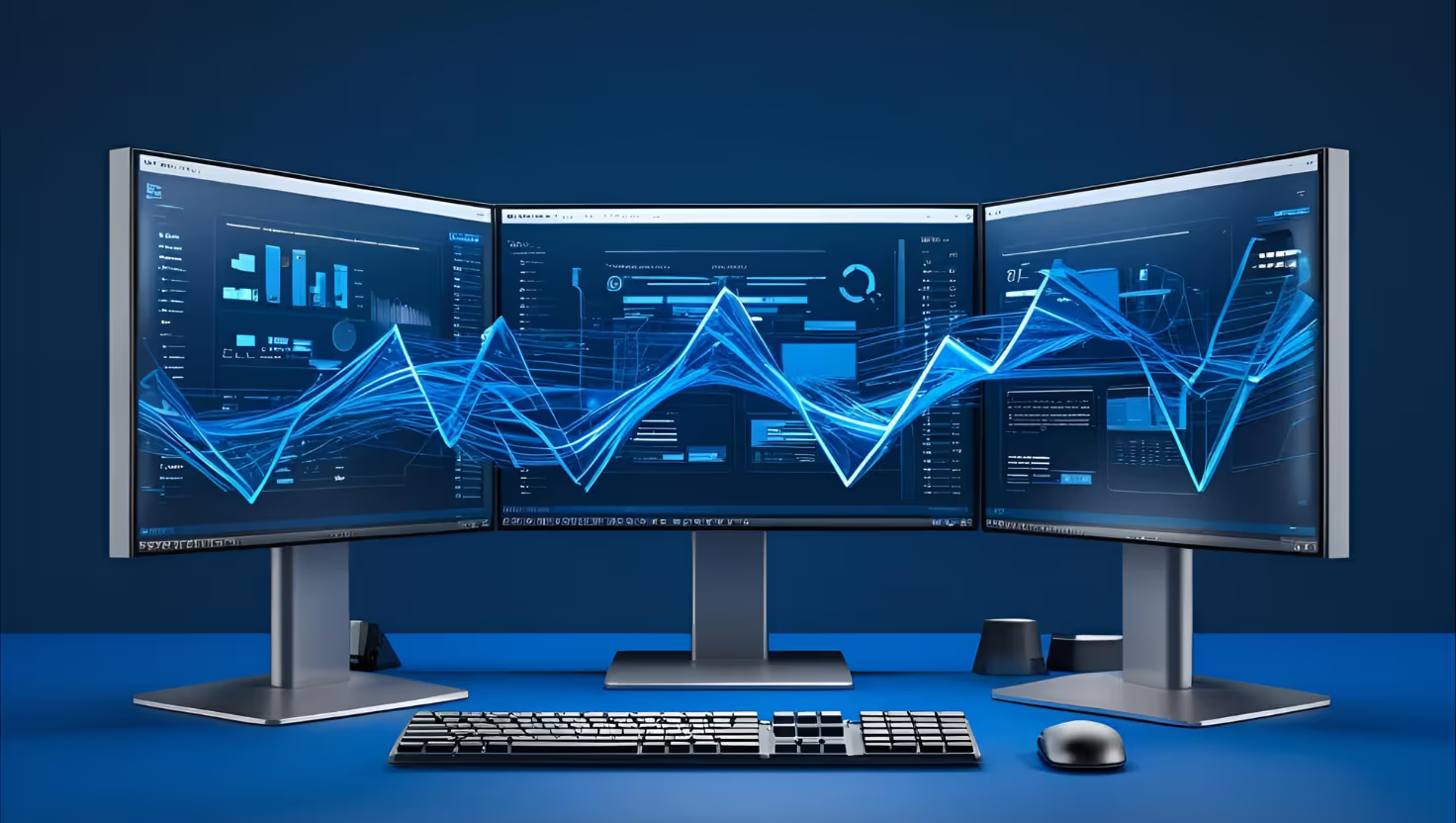


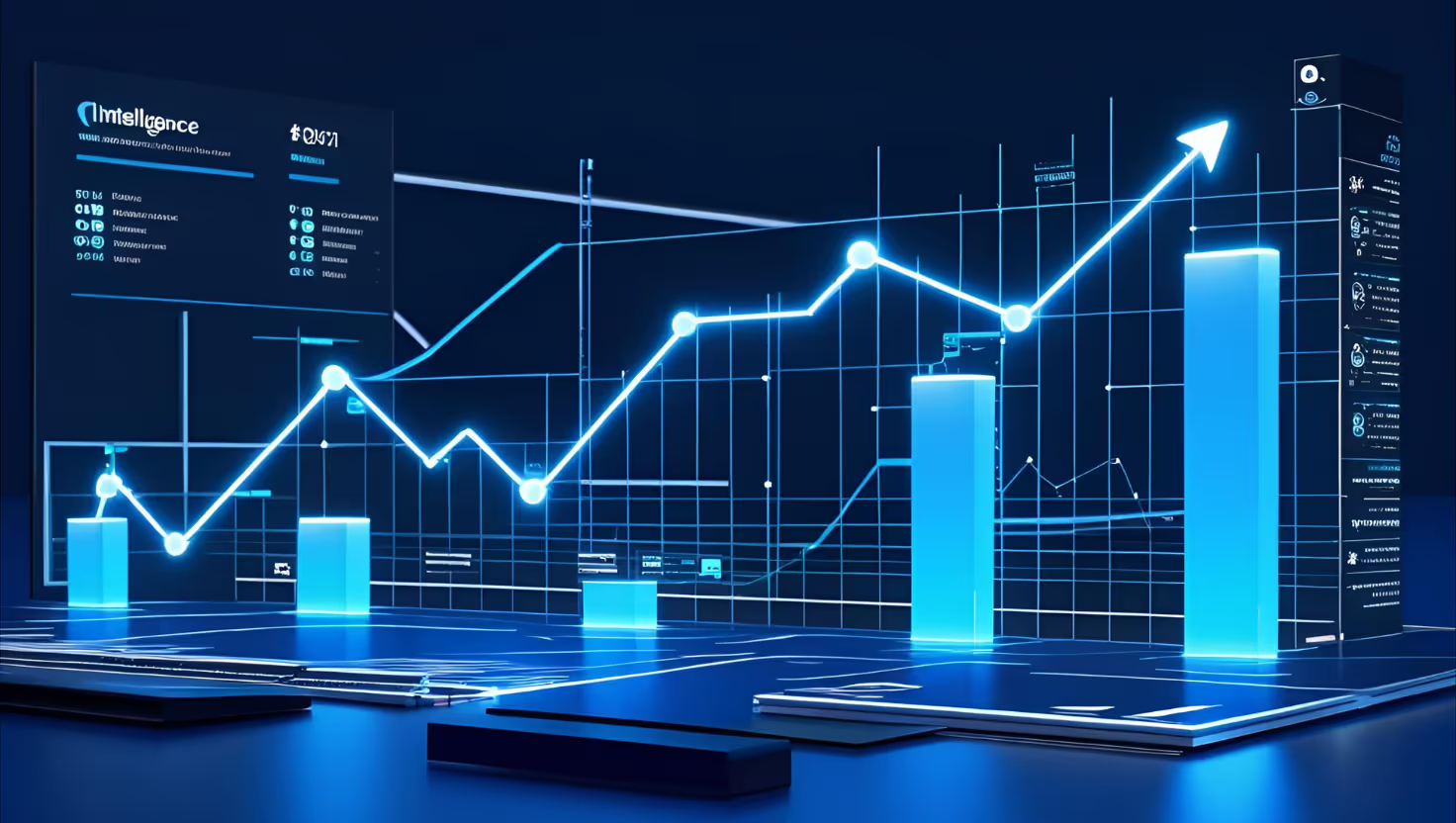
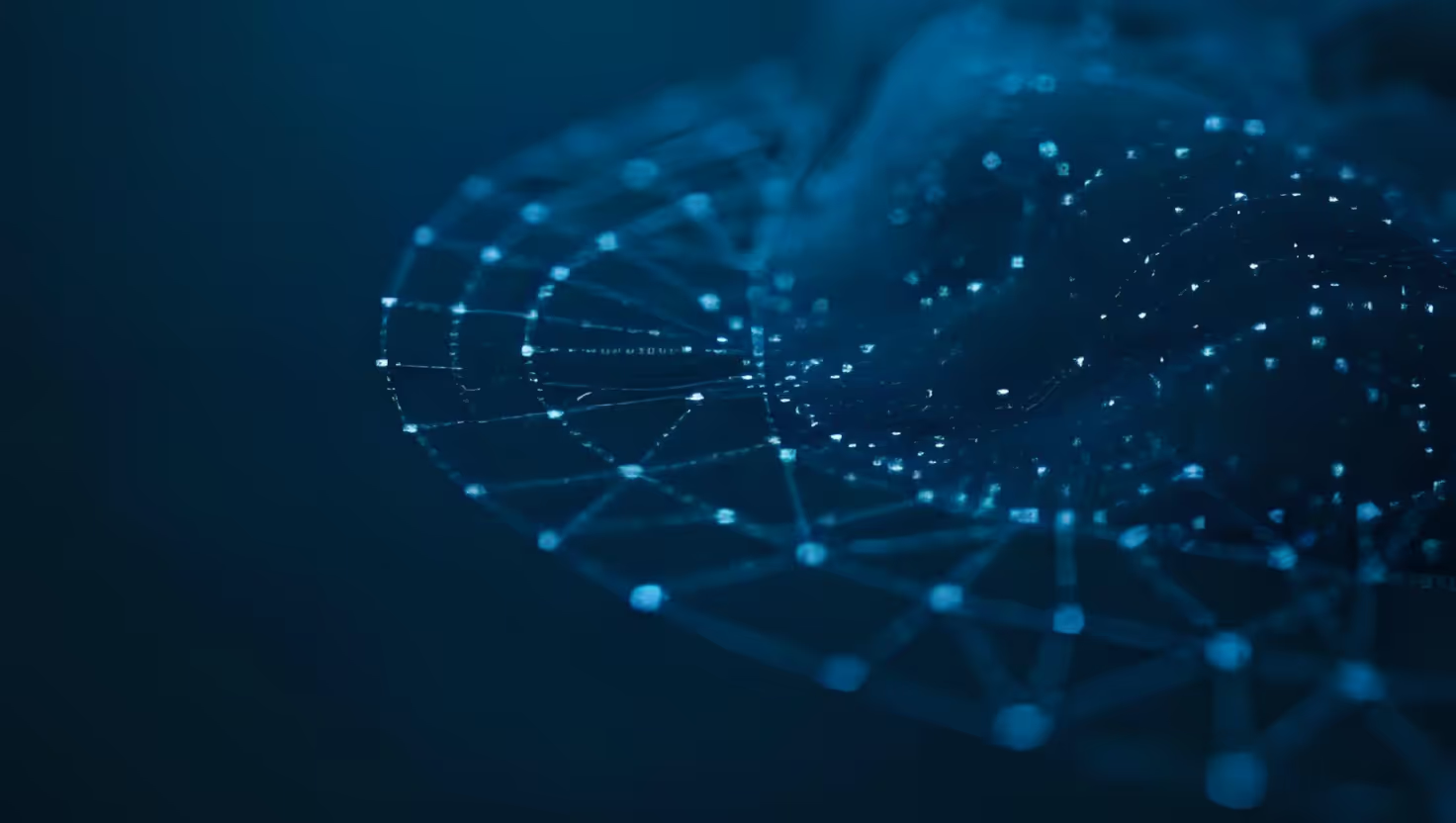
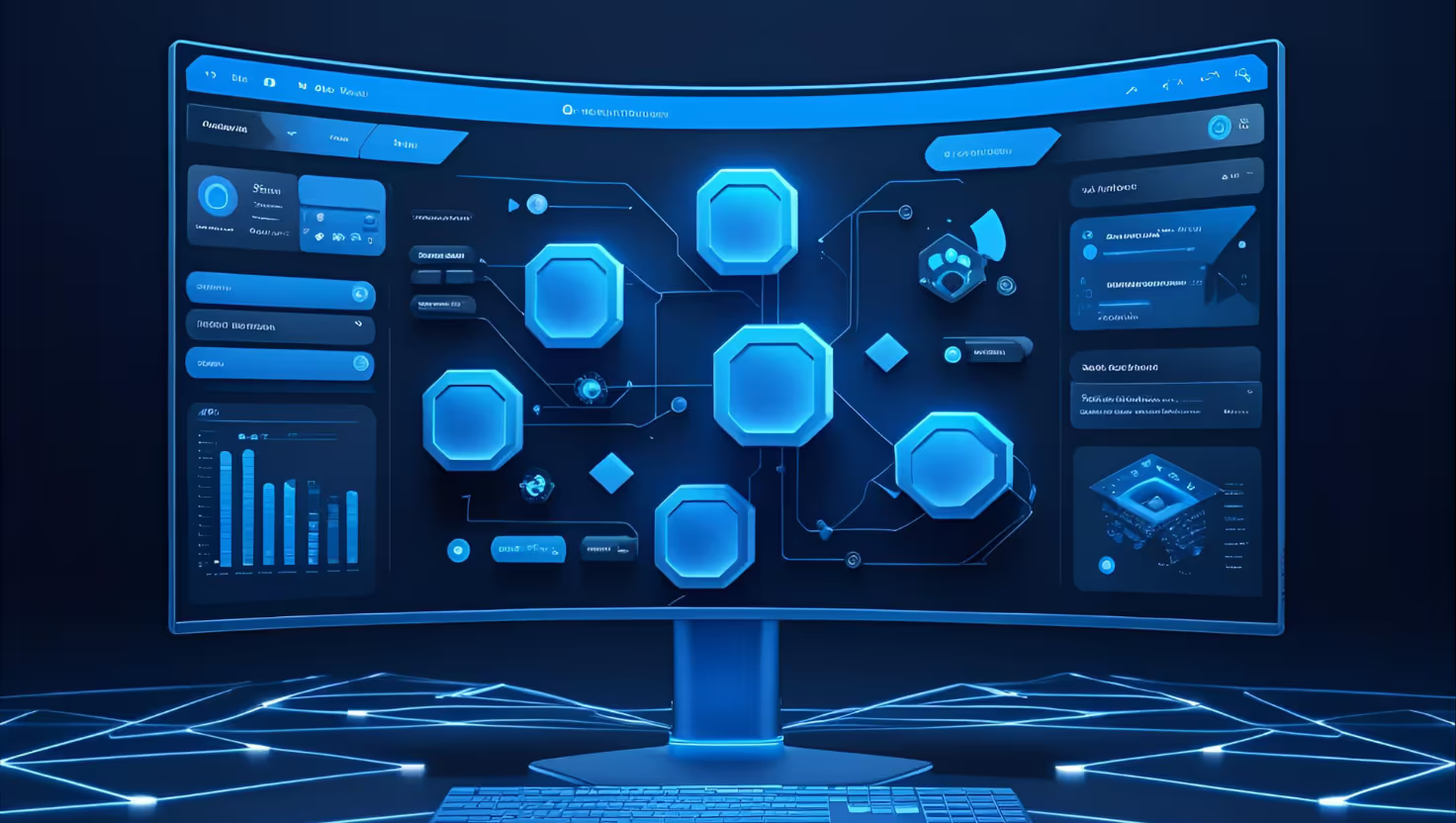
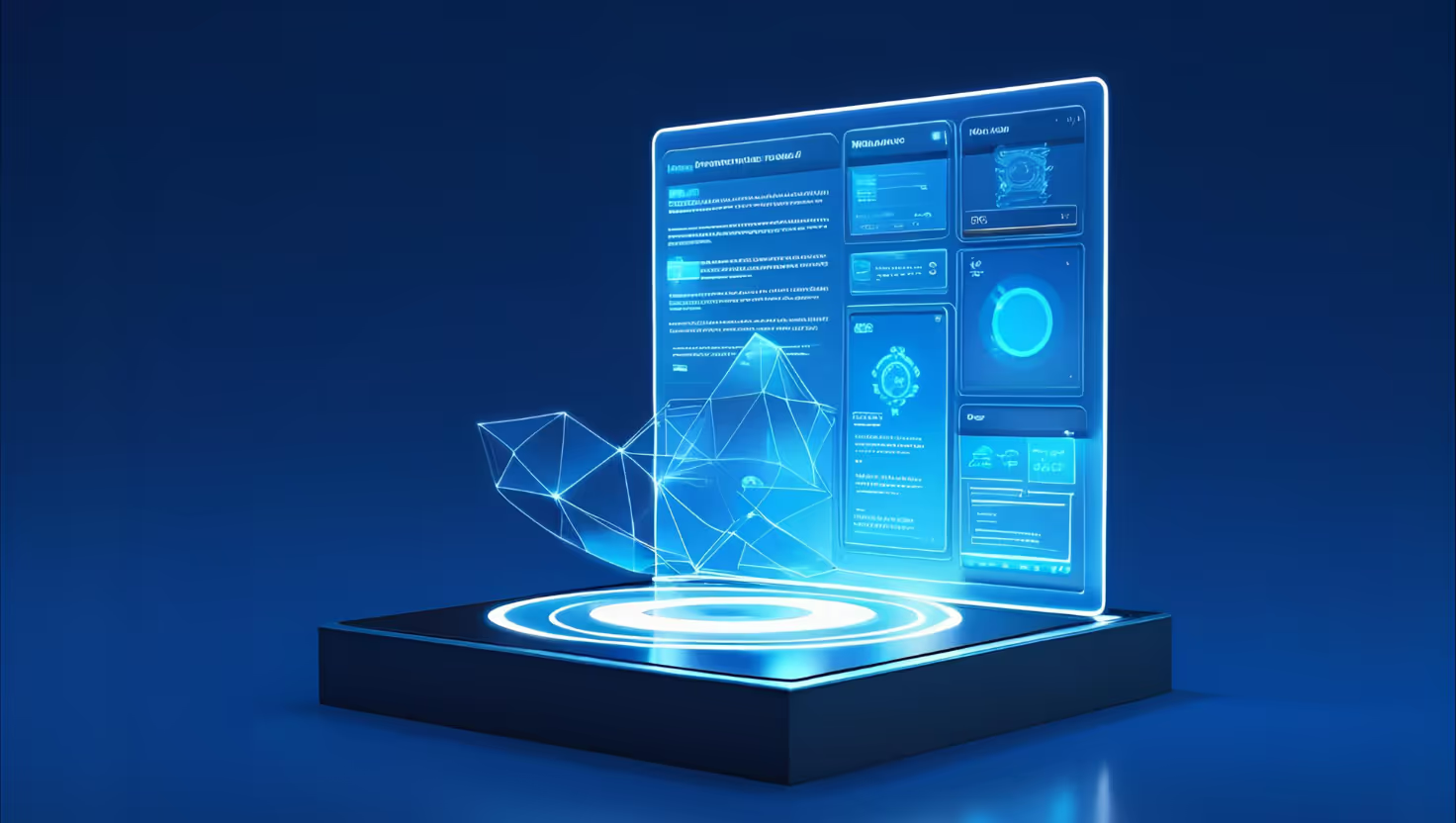
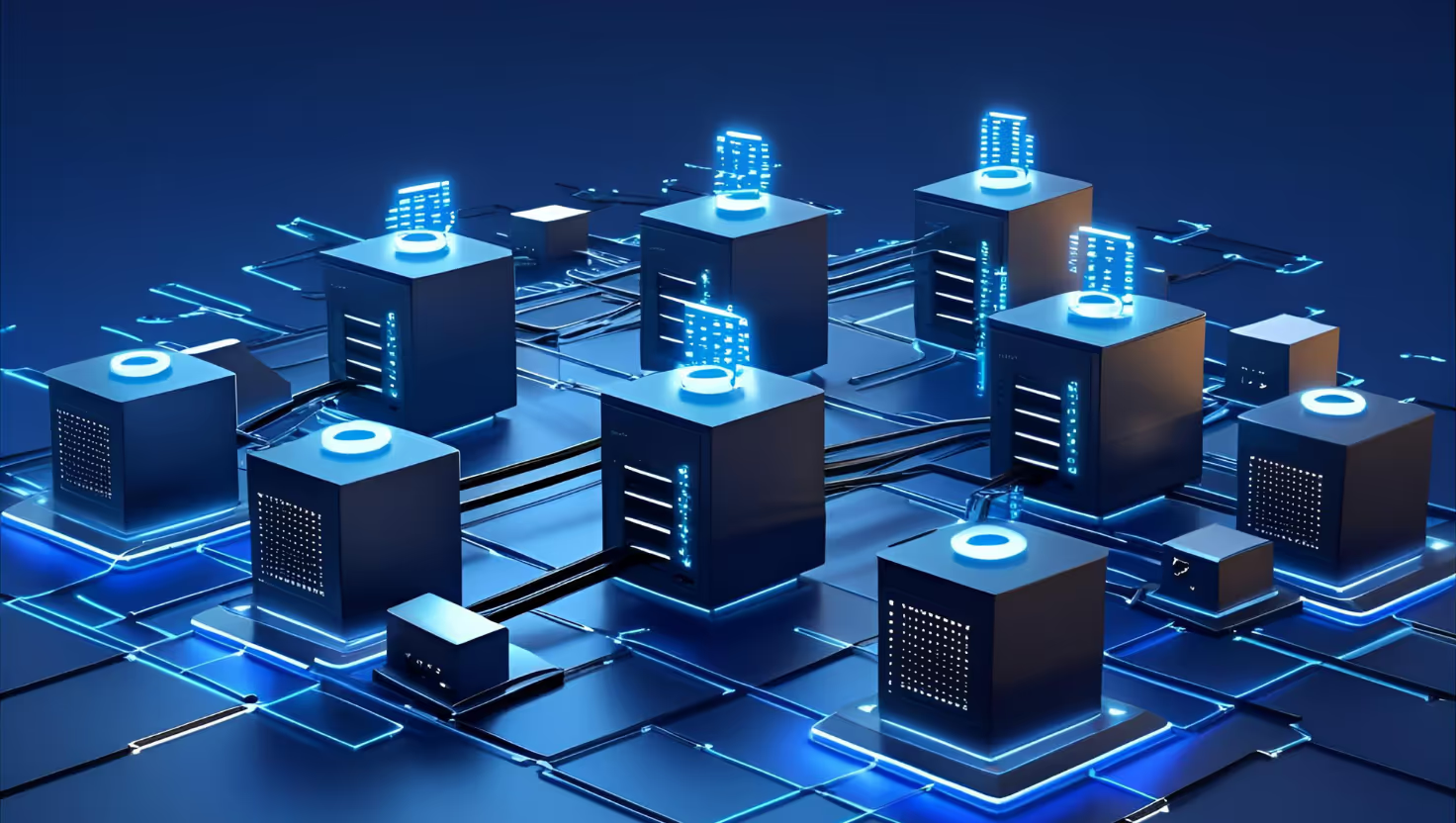



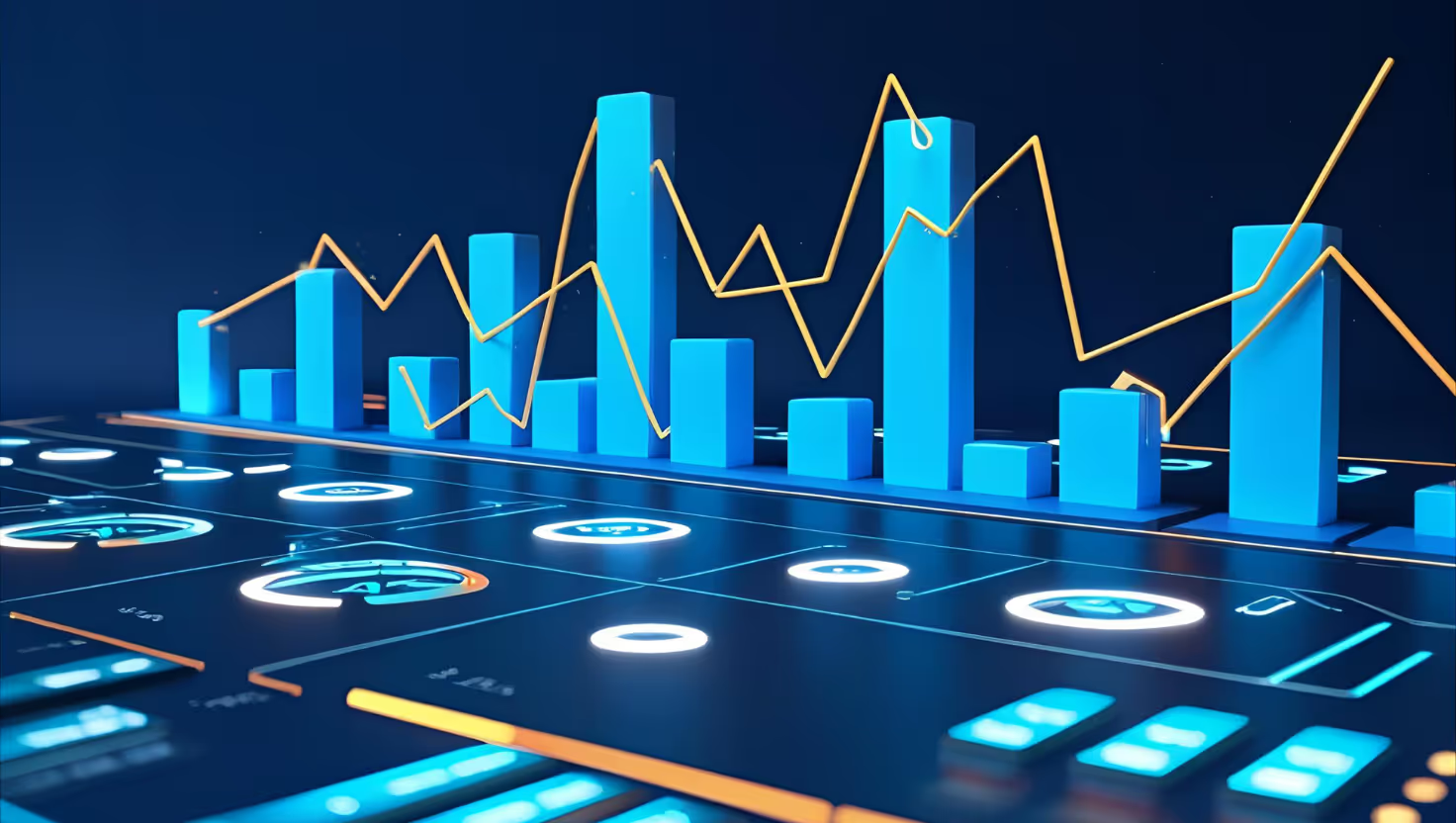
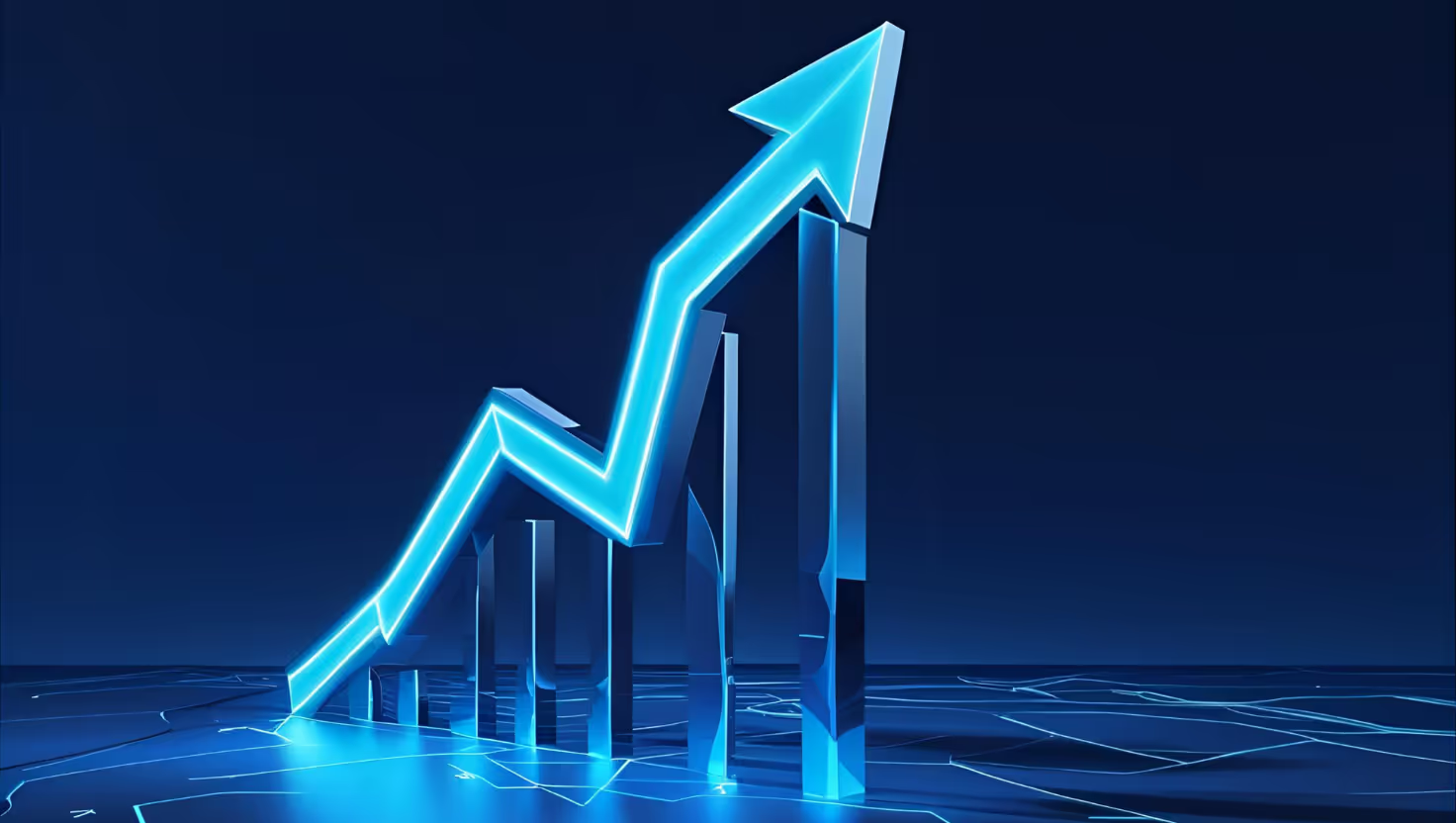


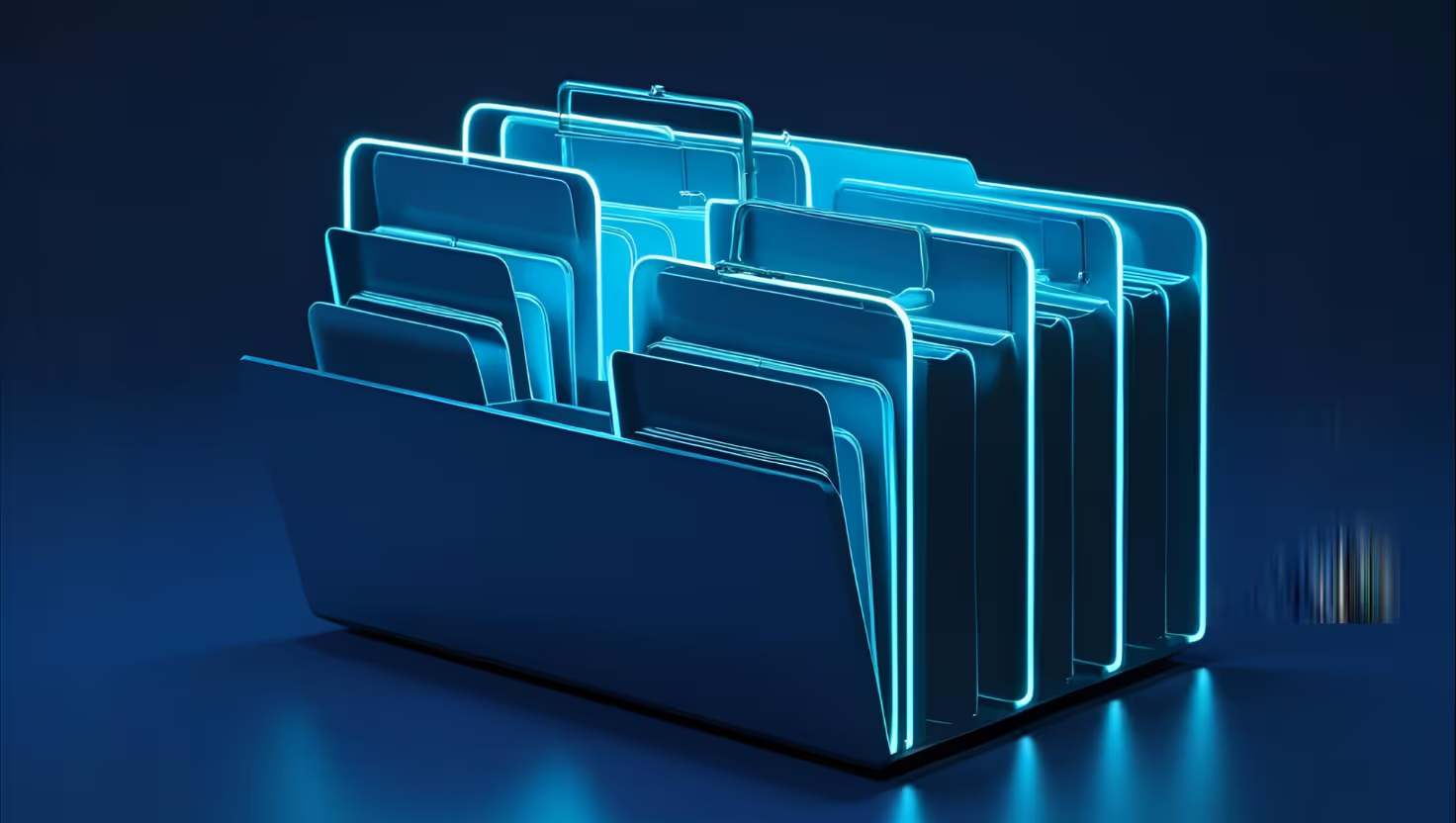


.avif)






